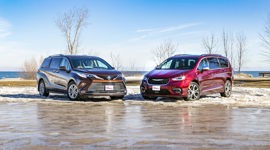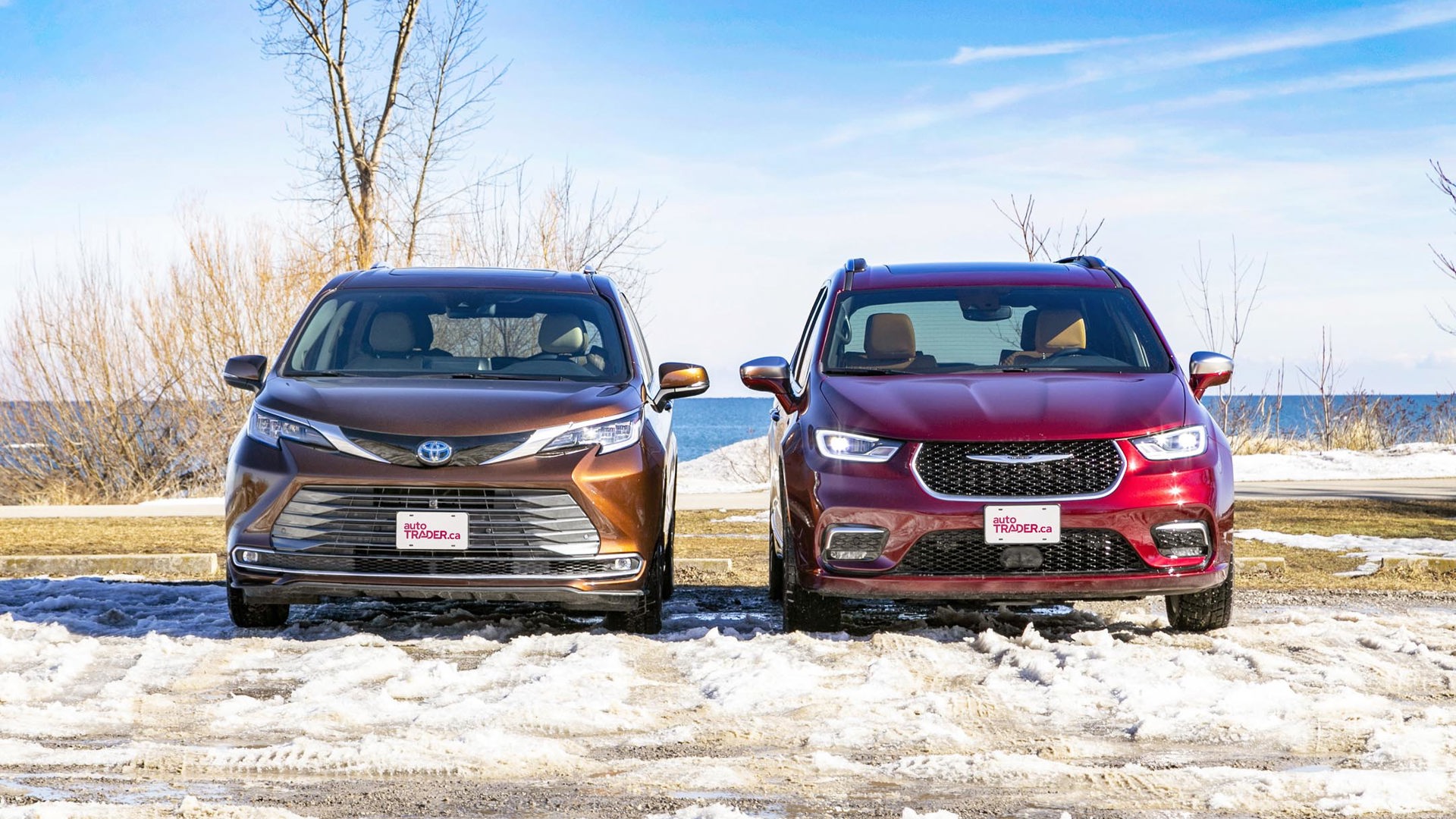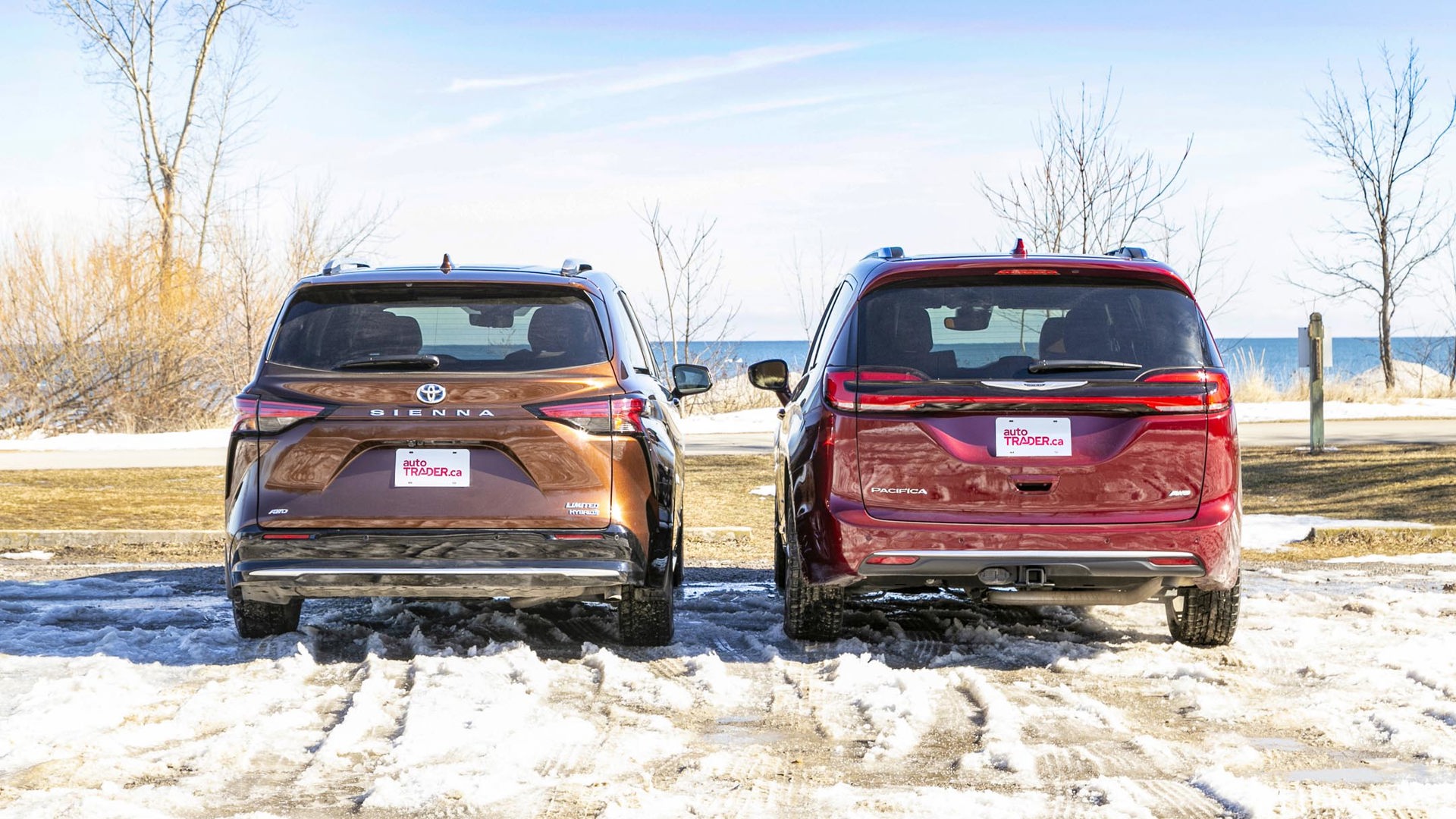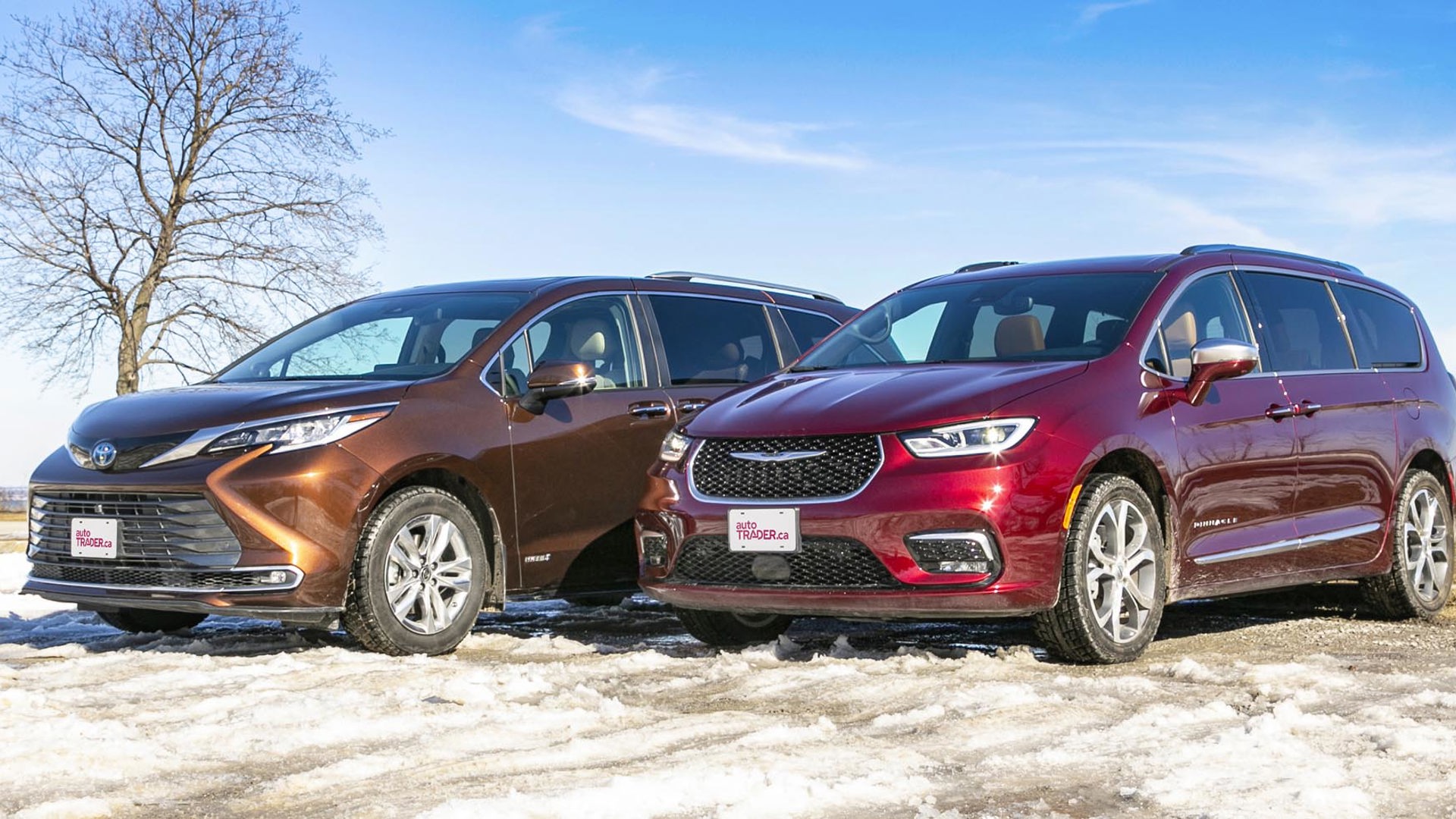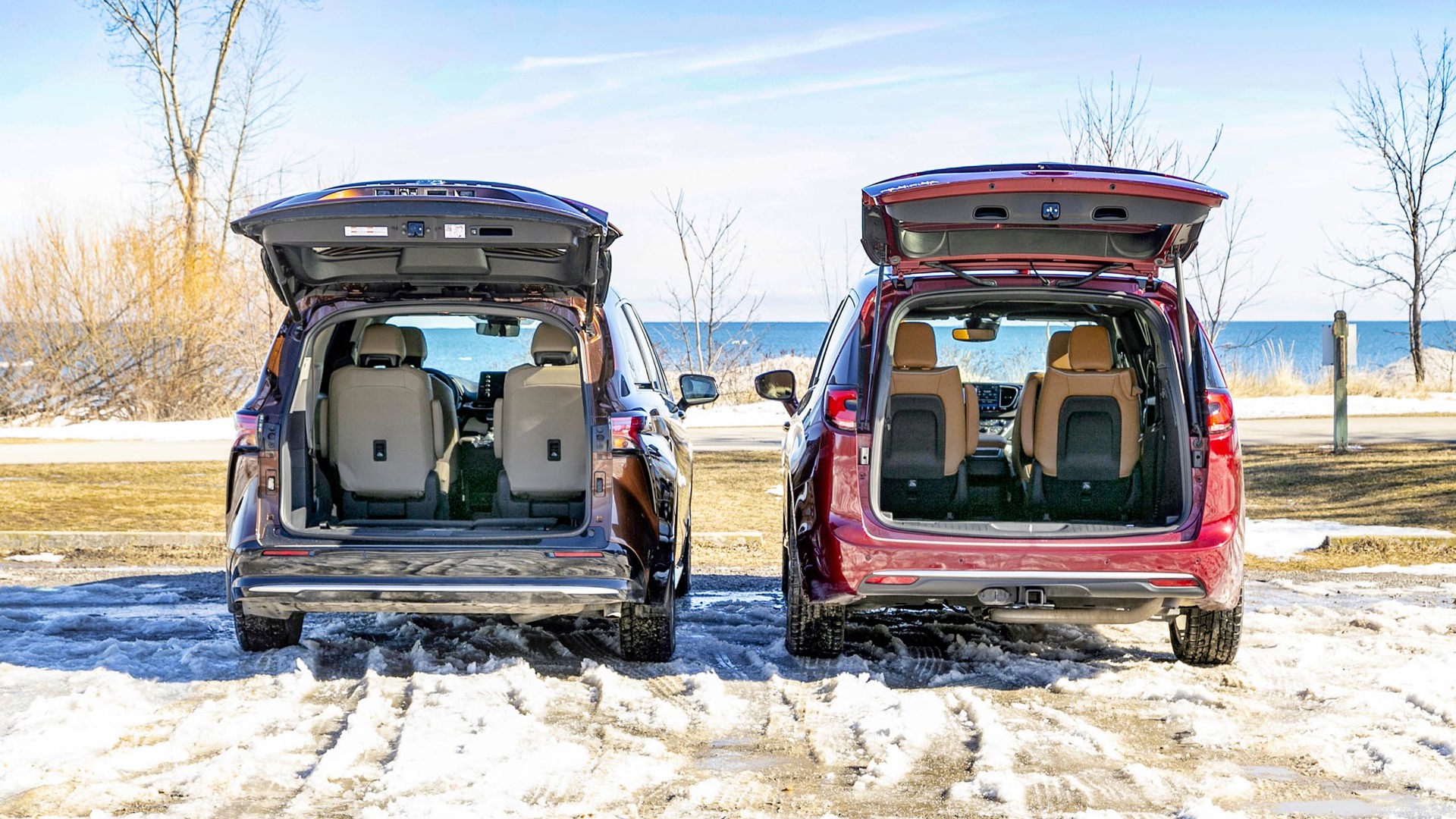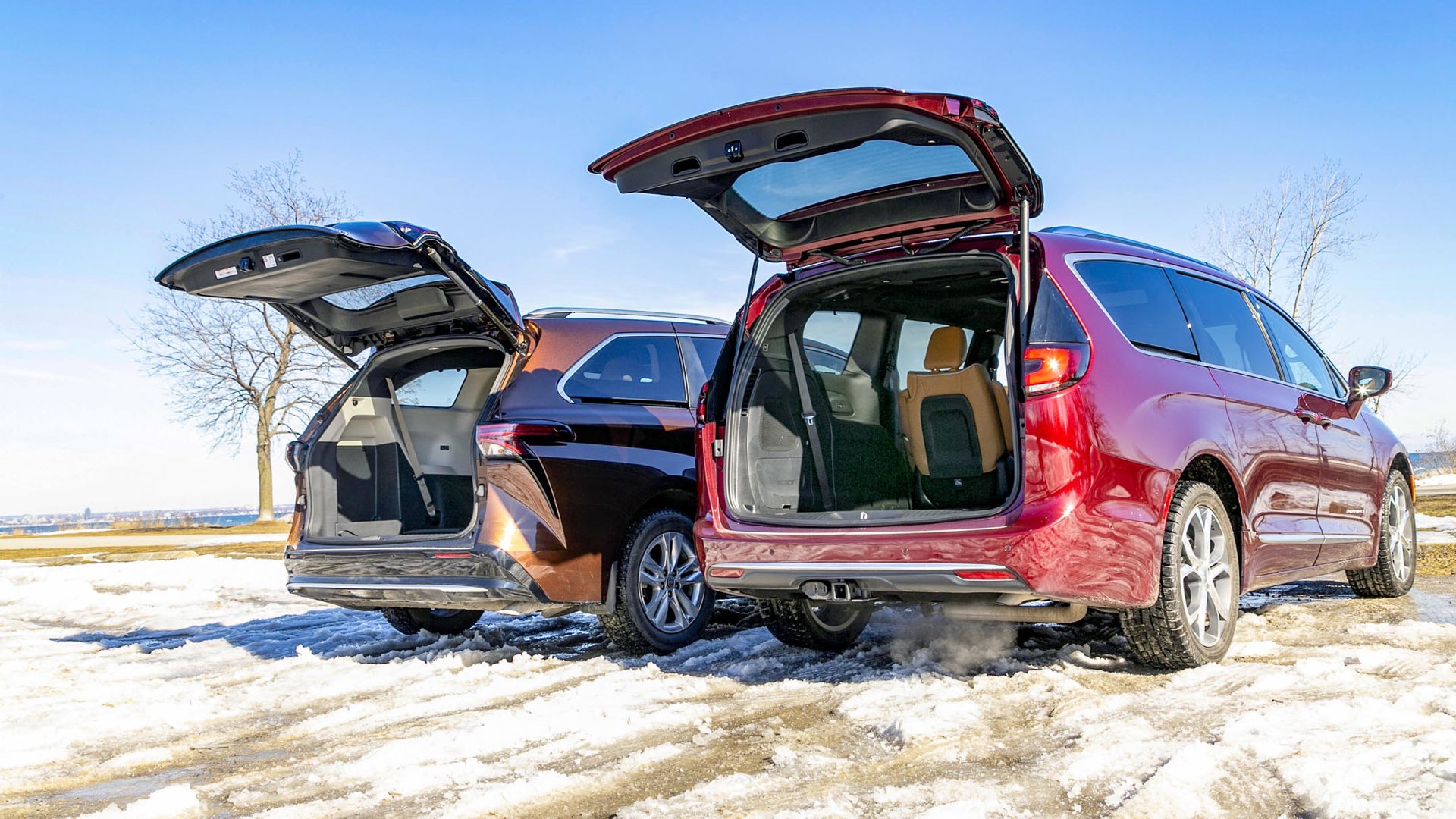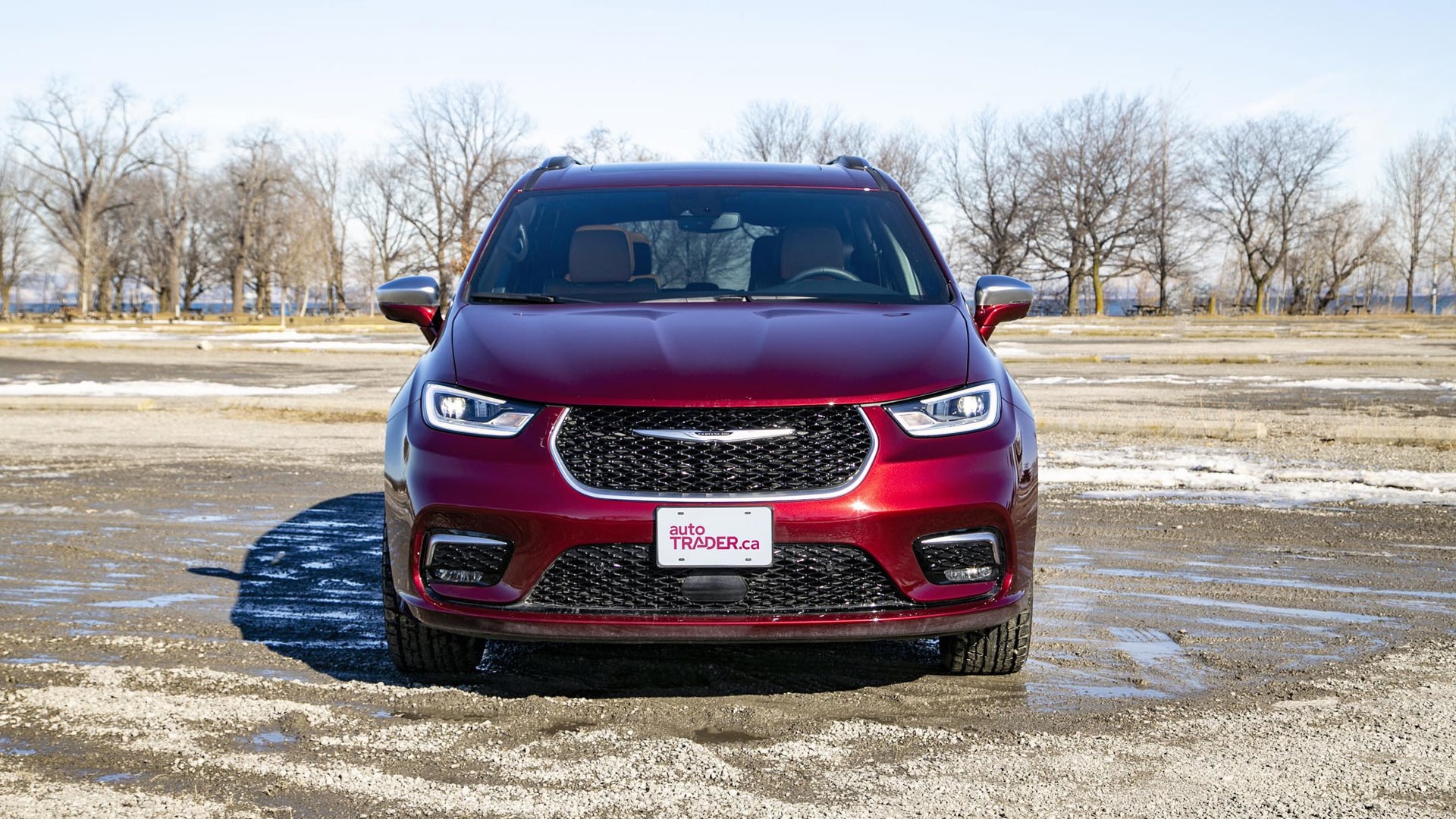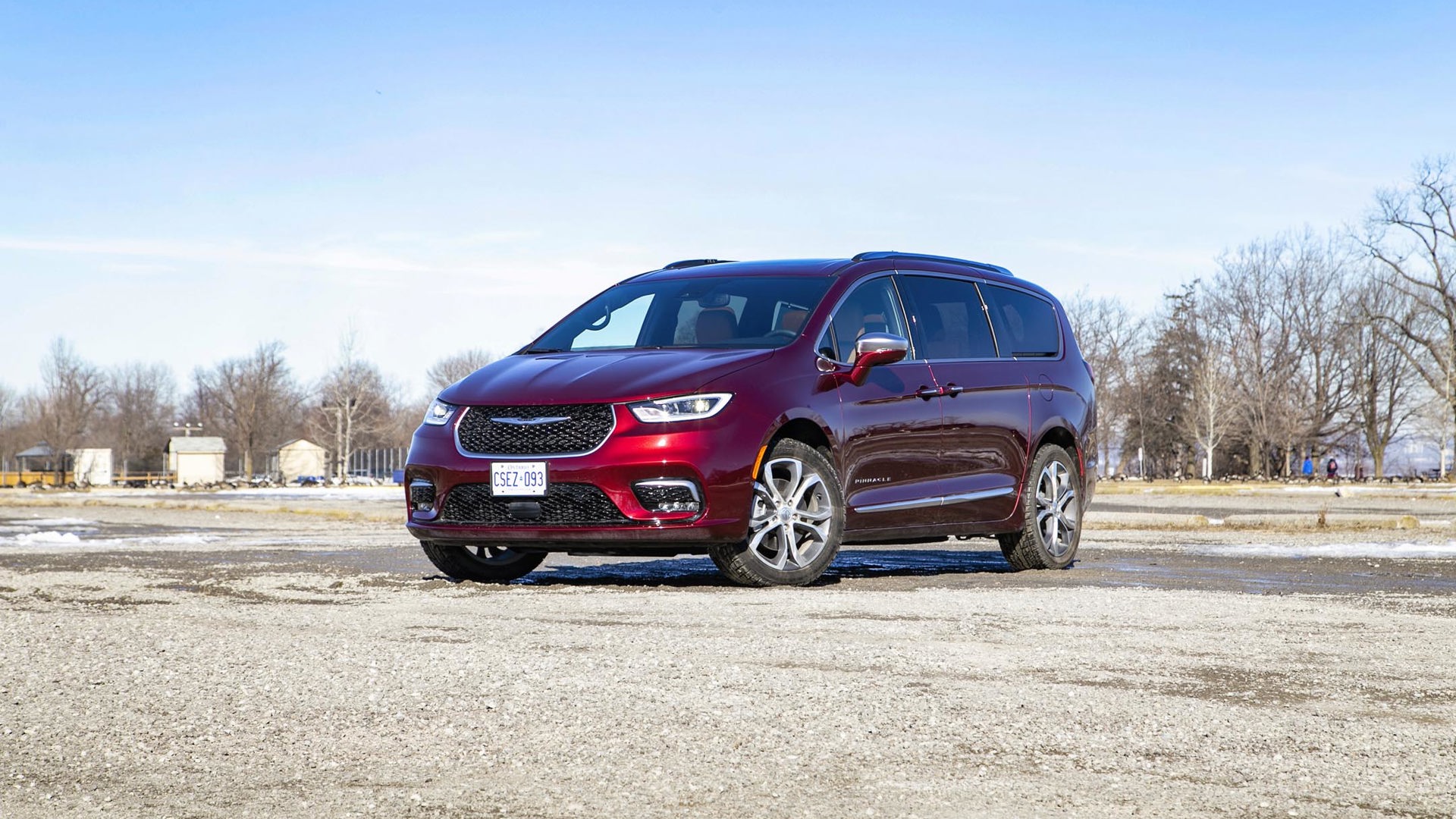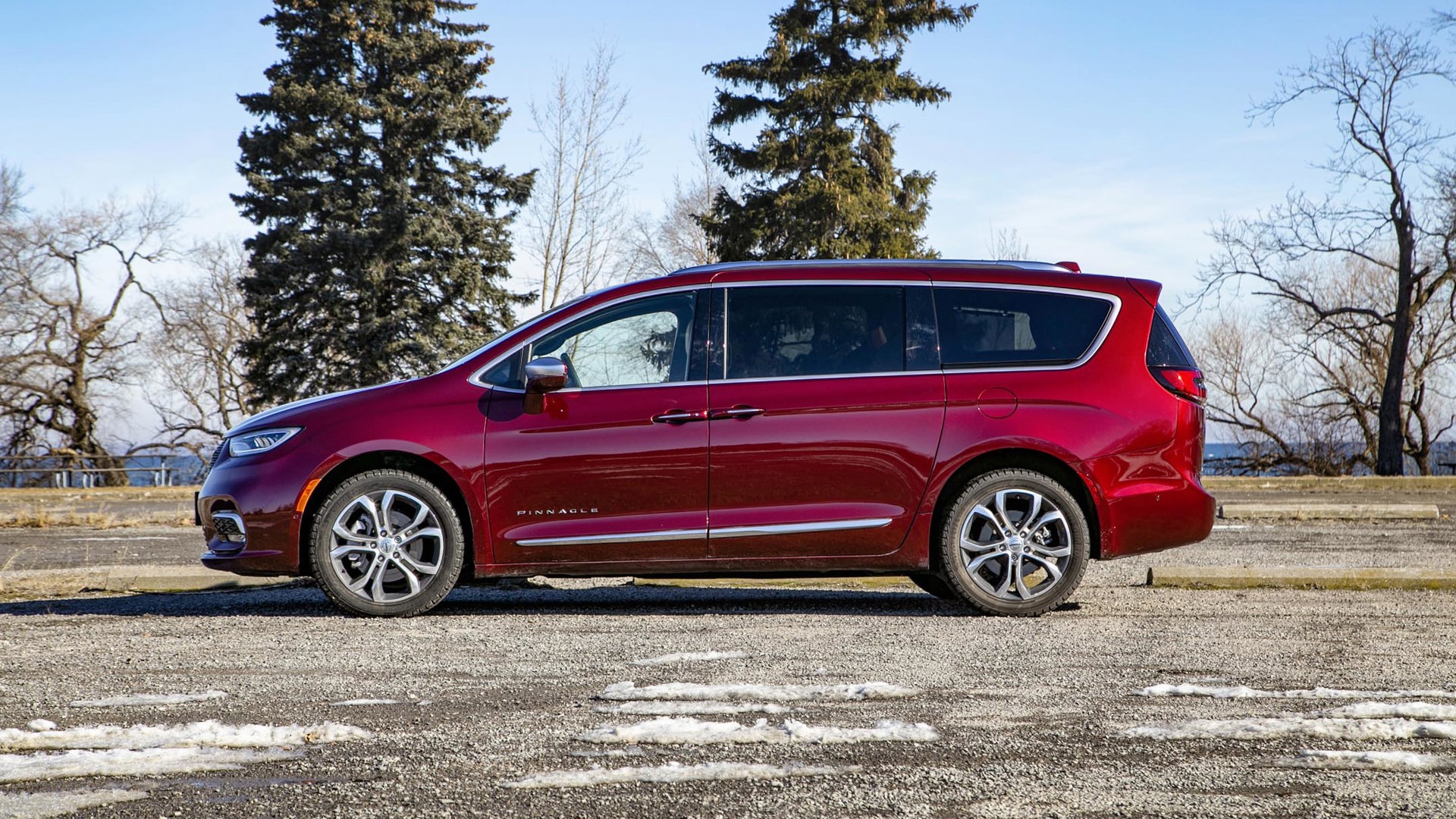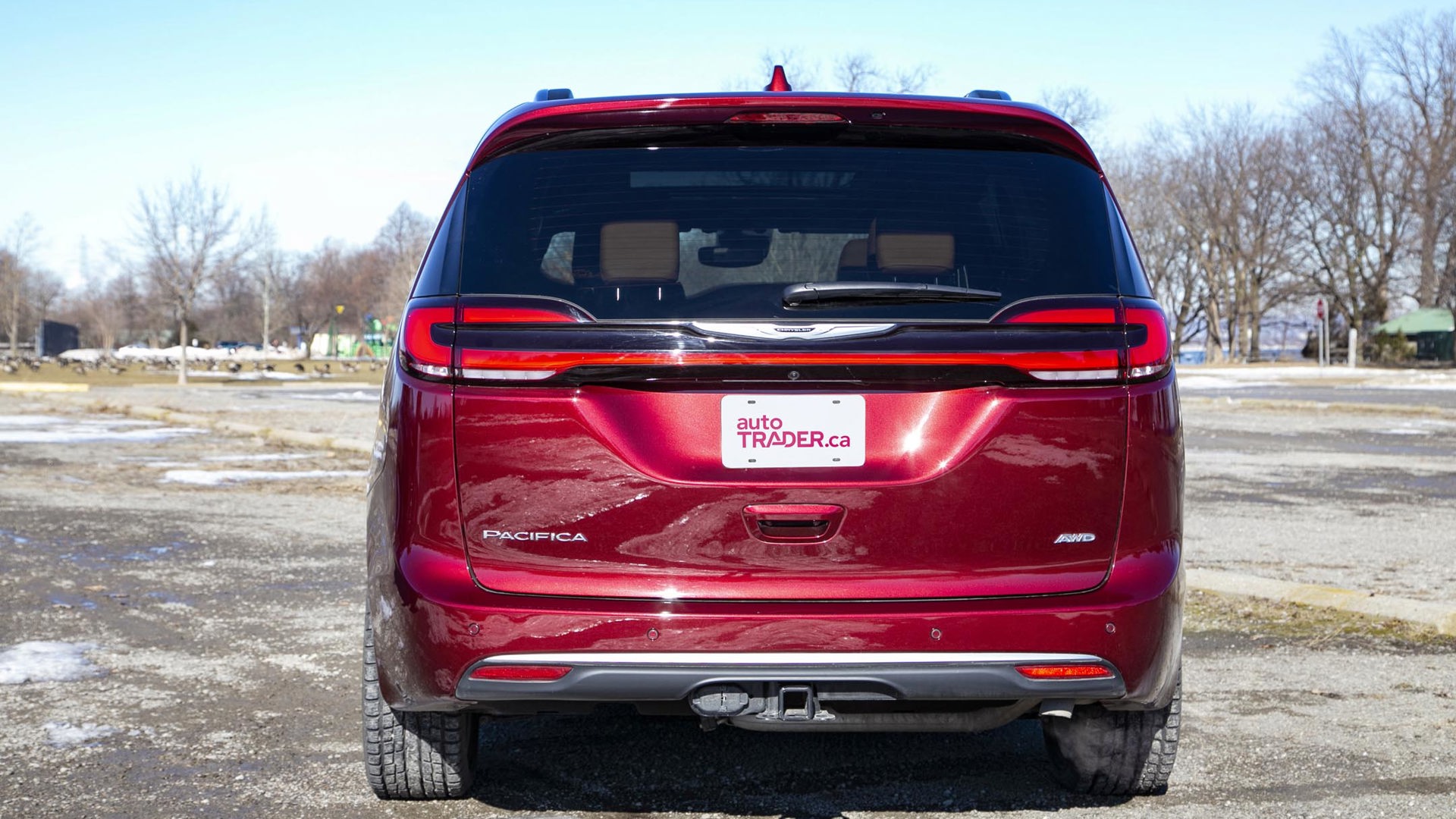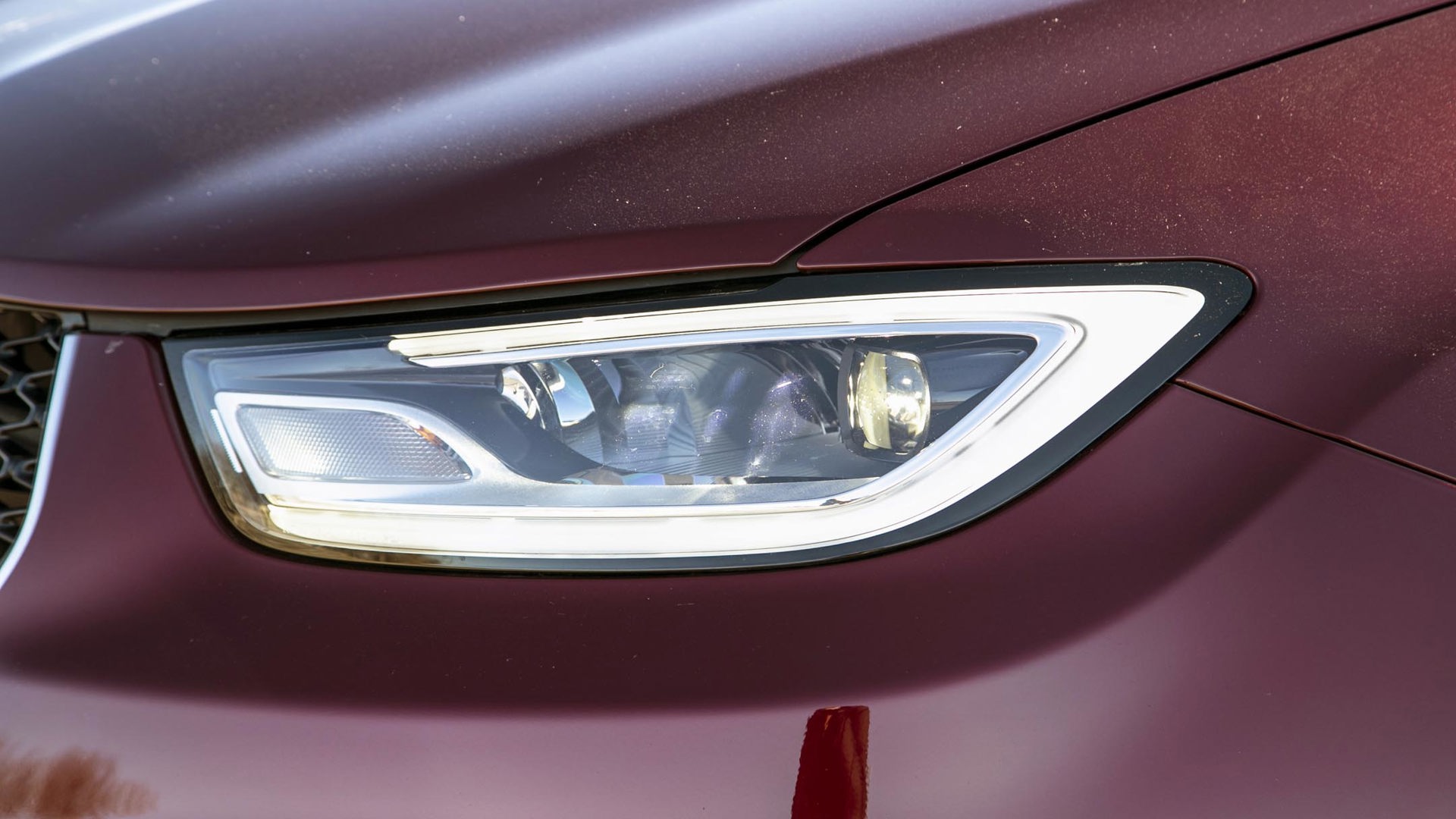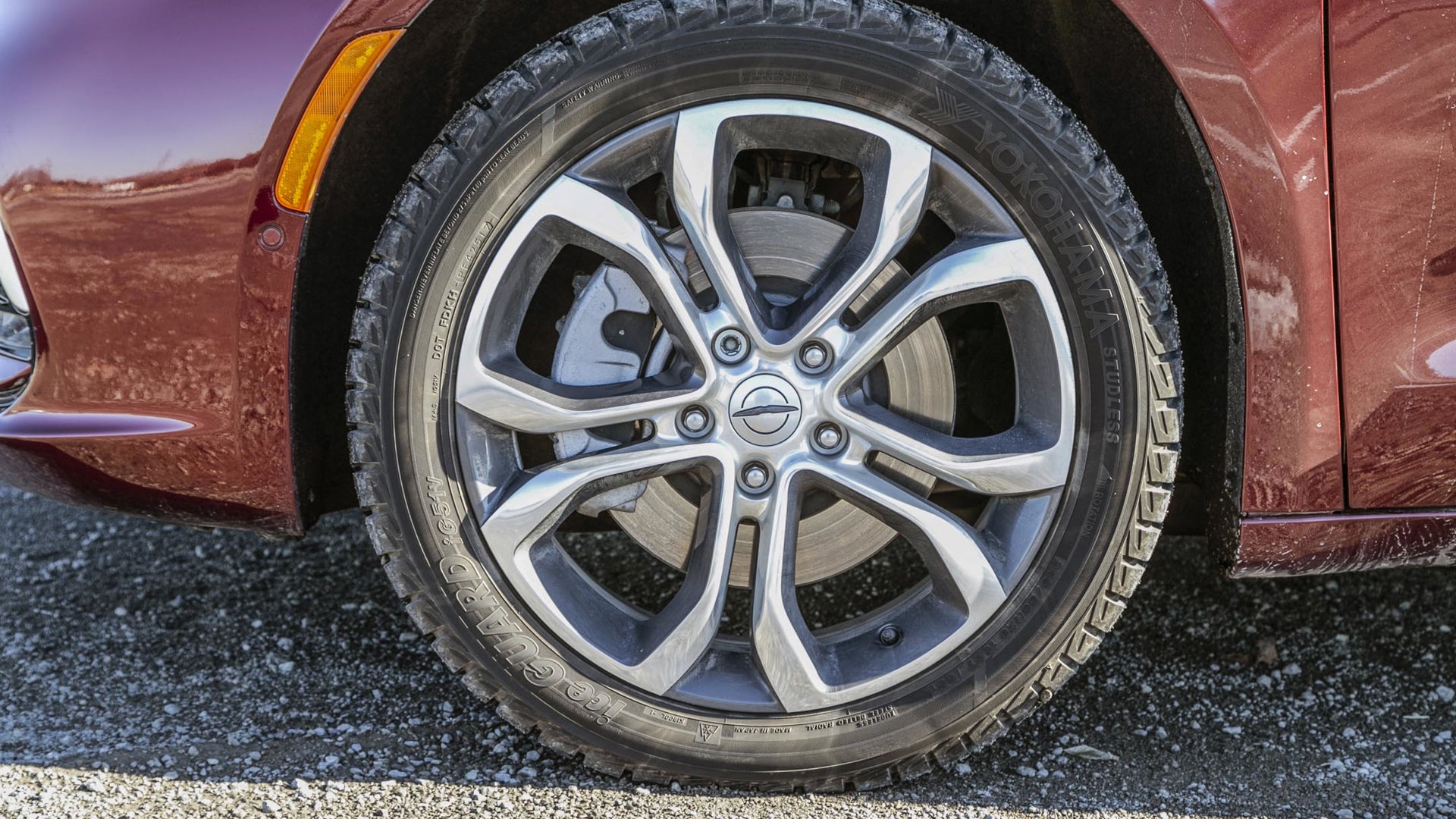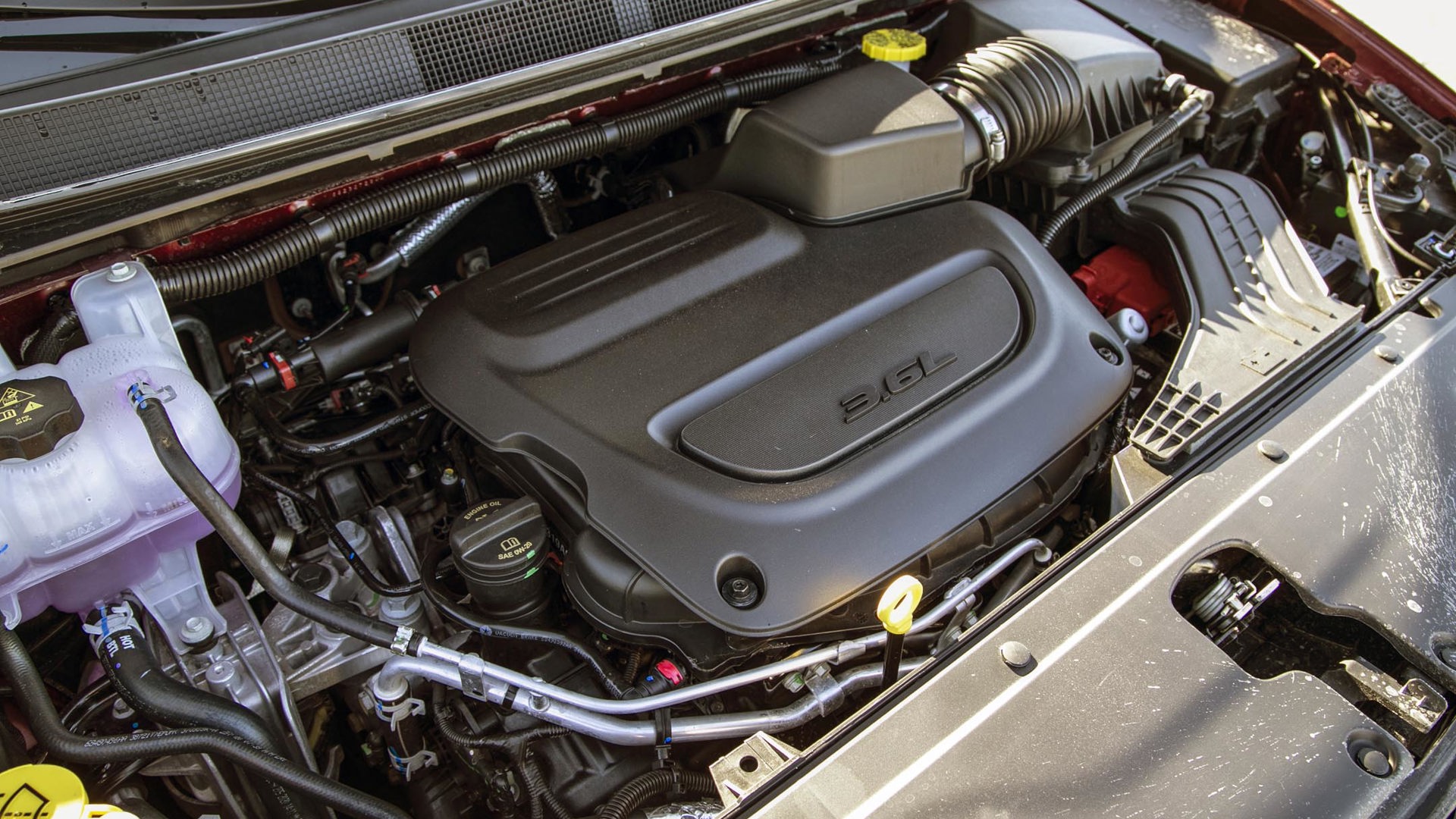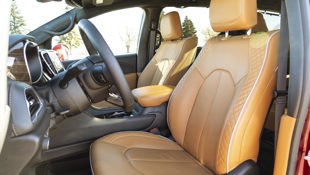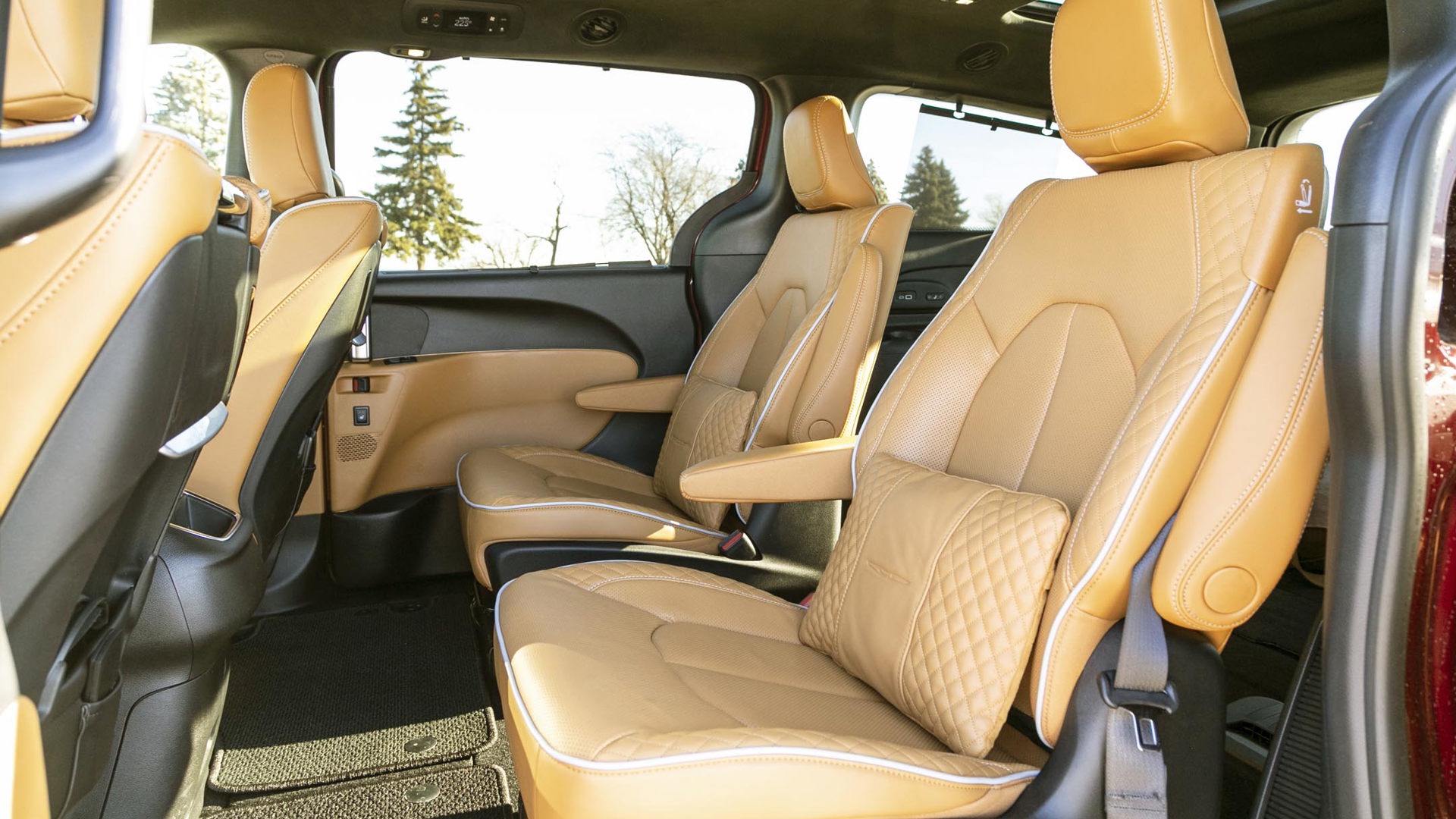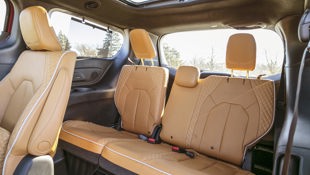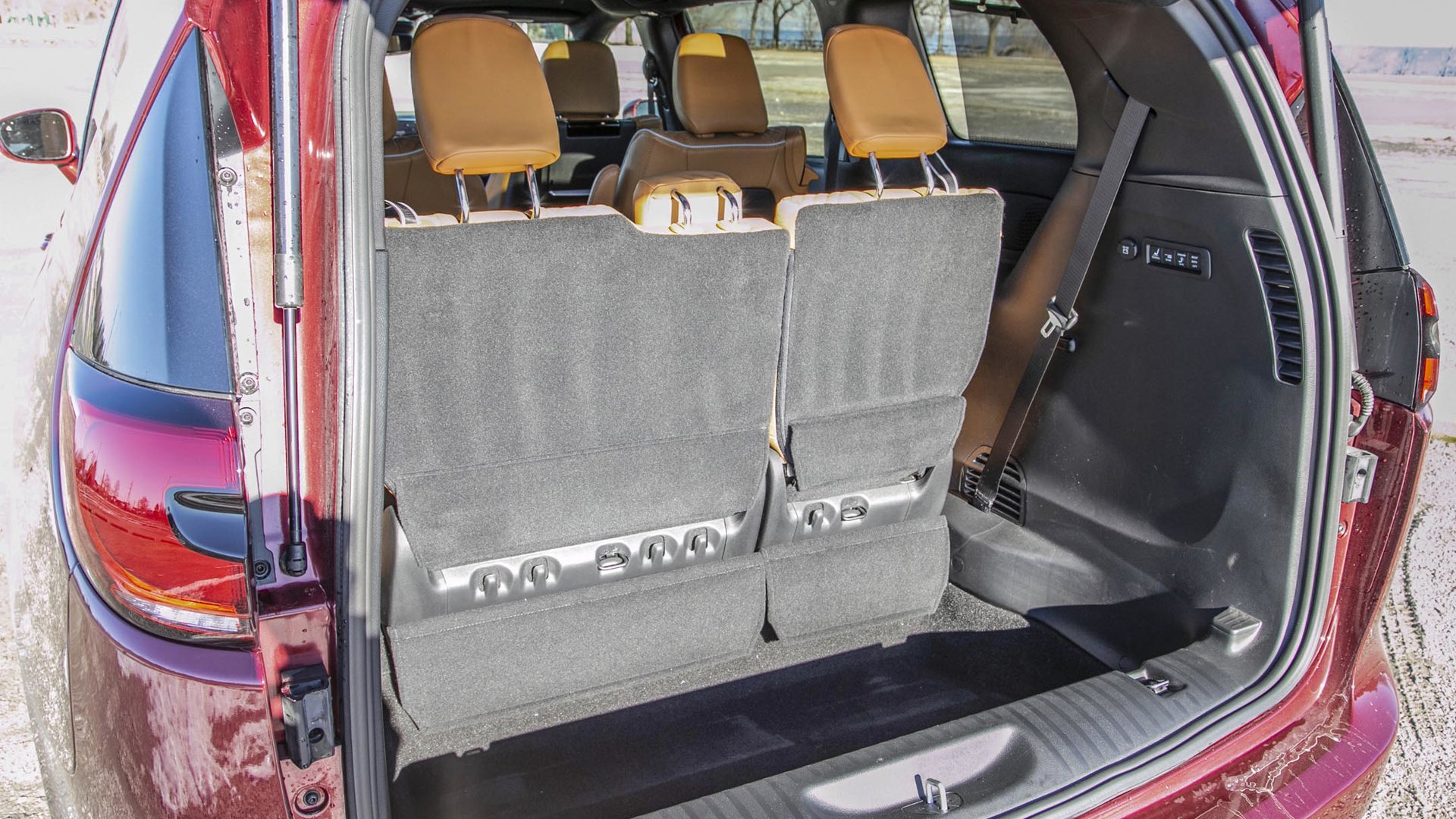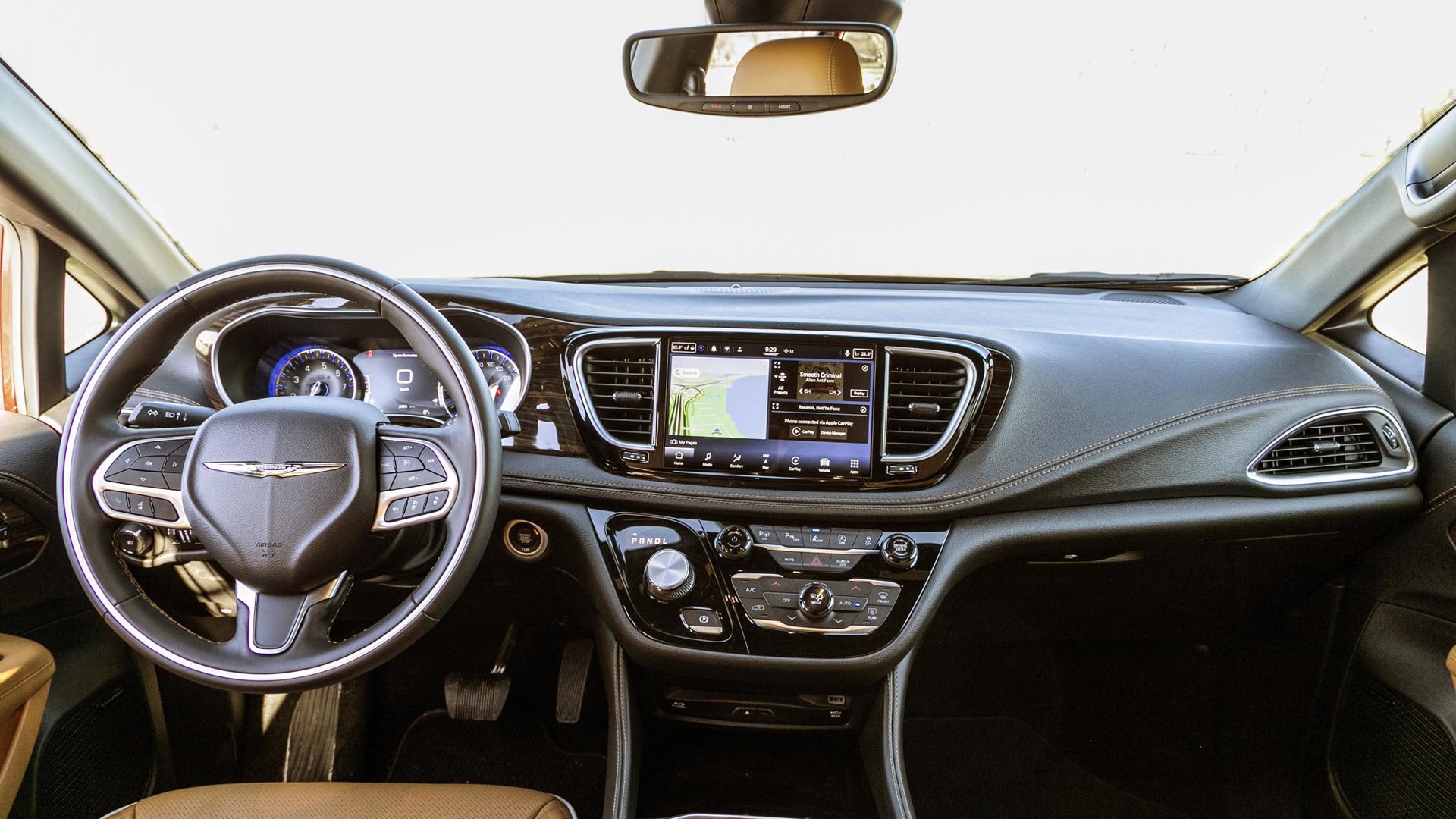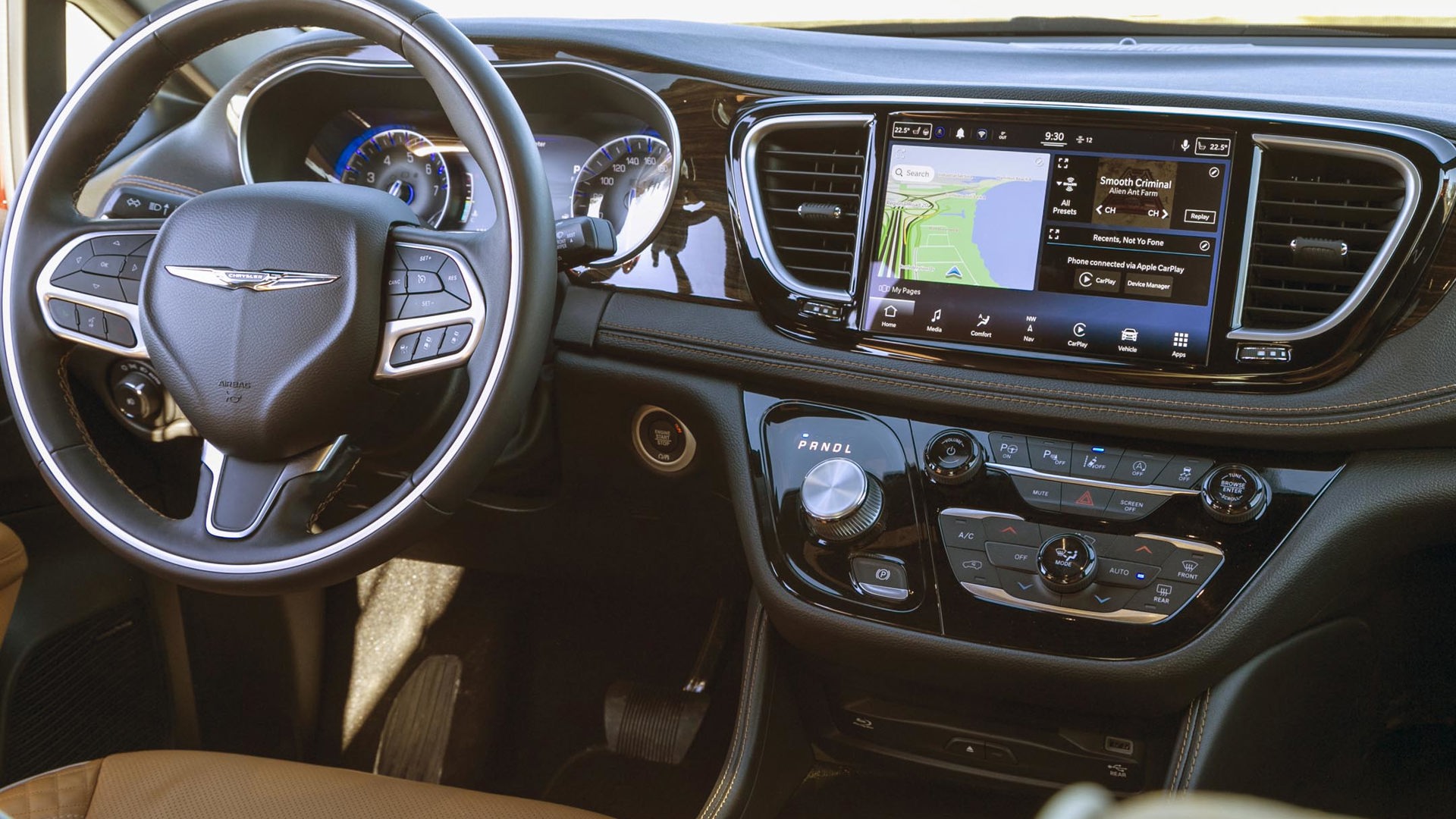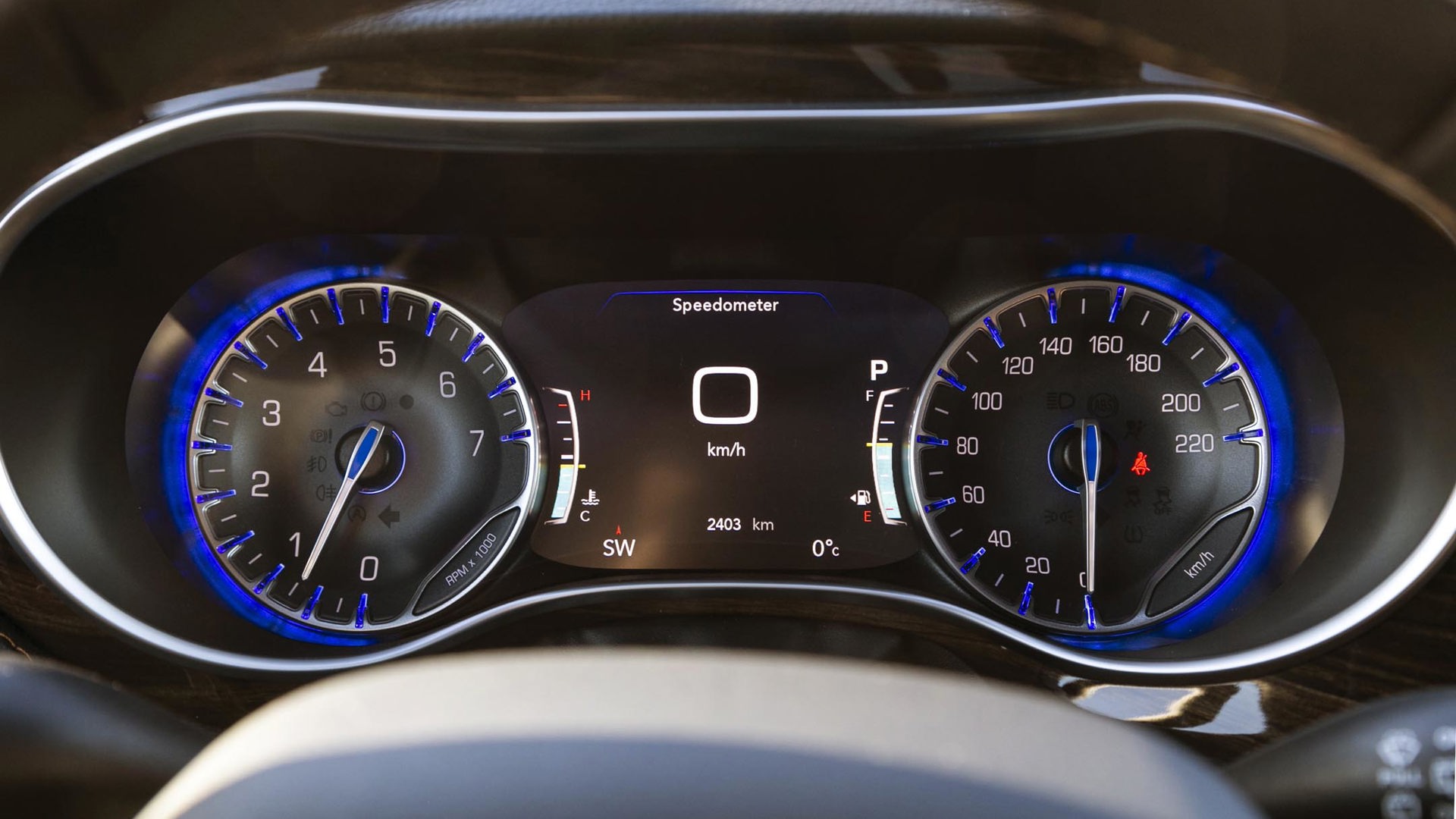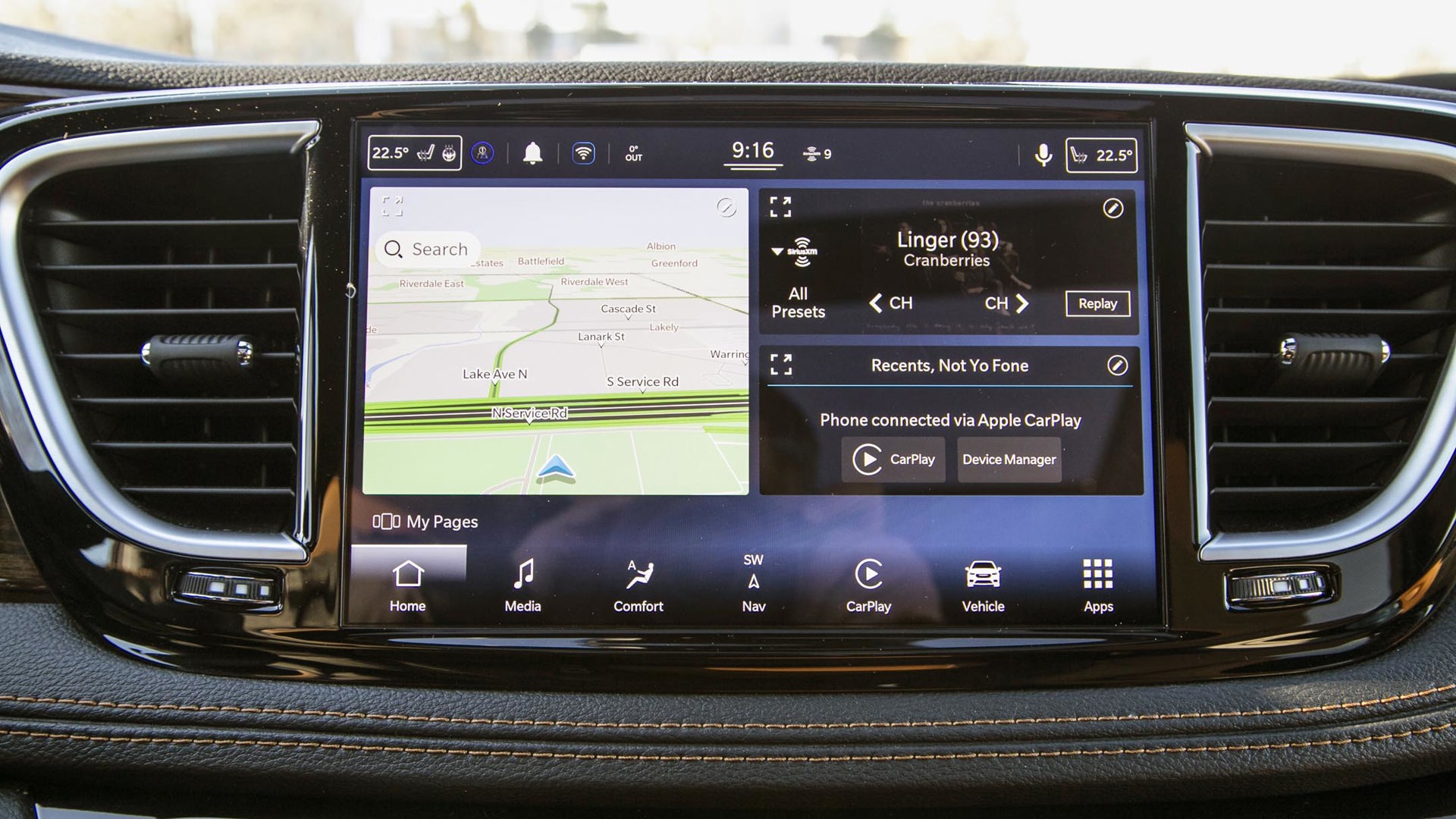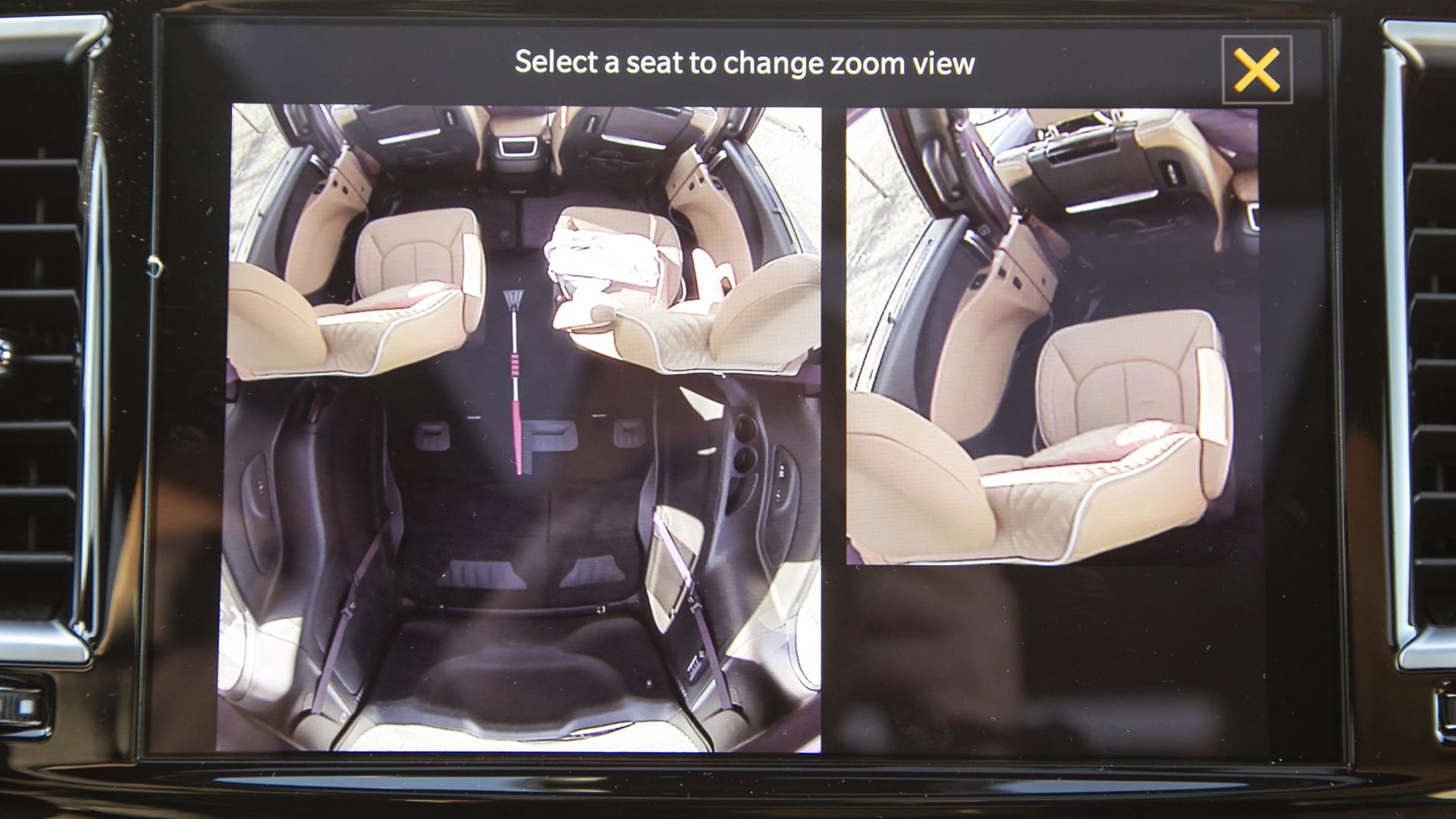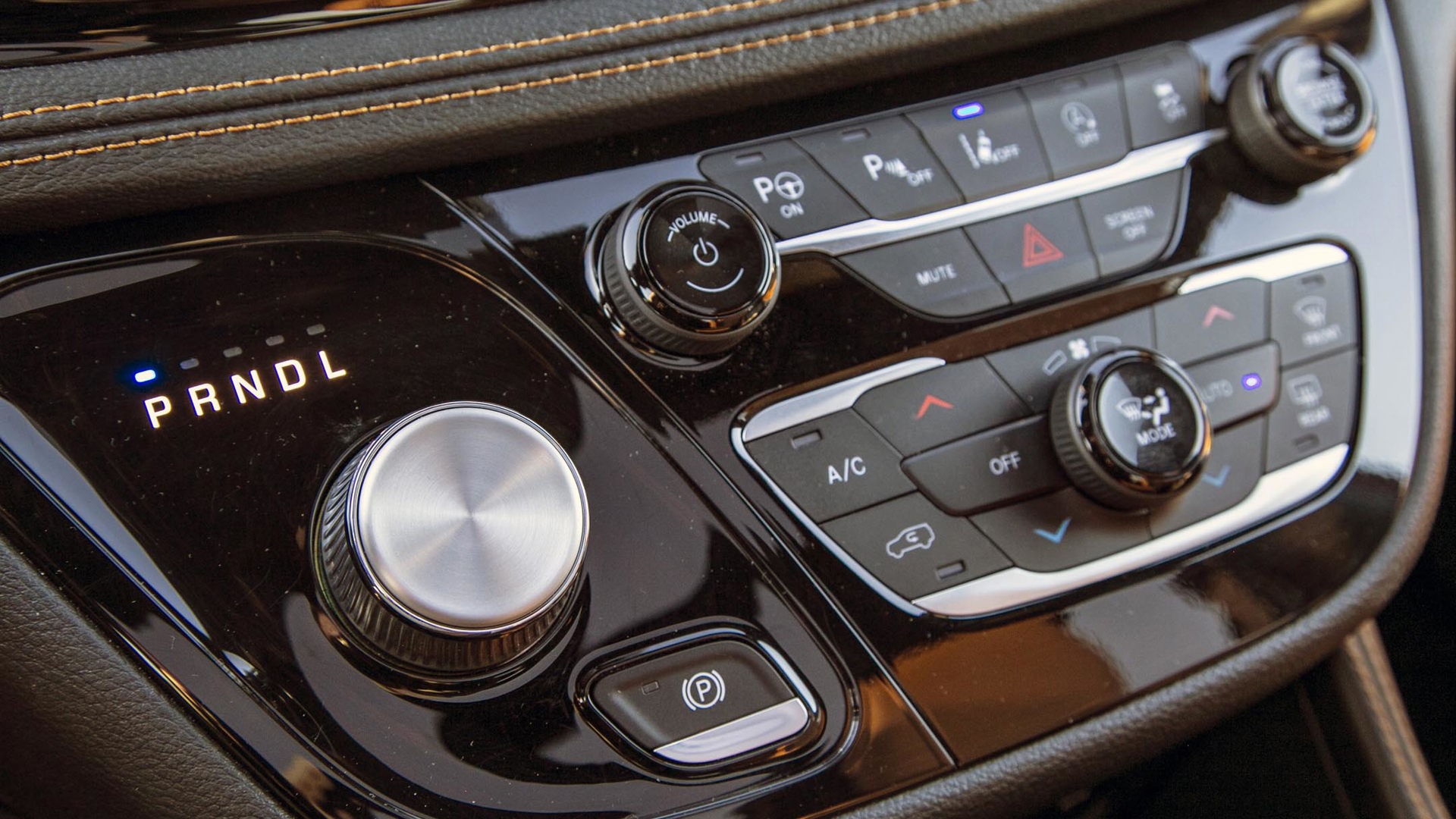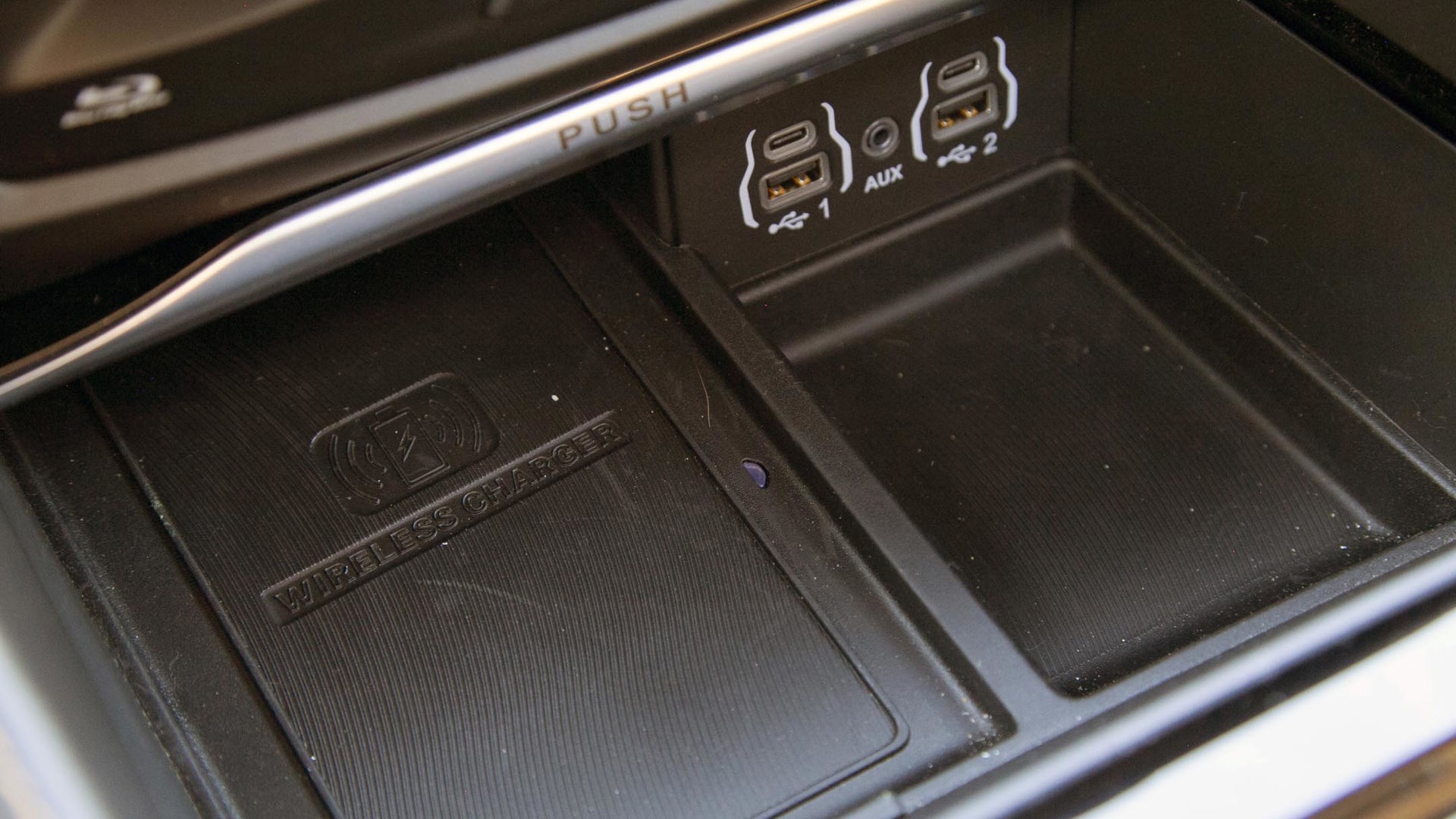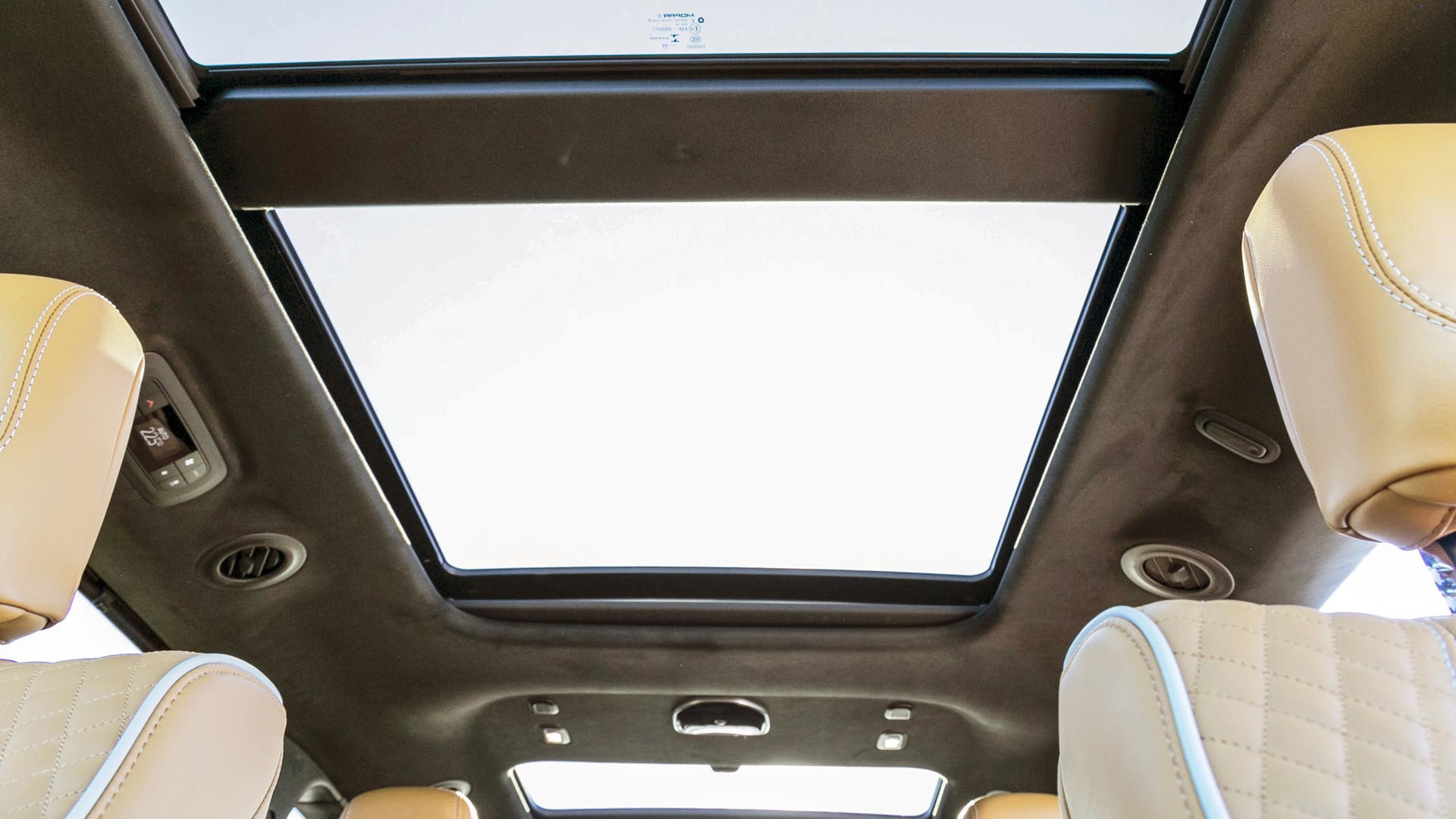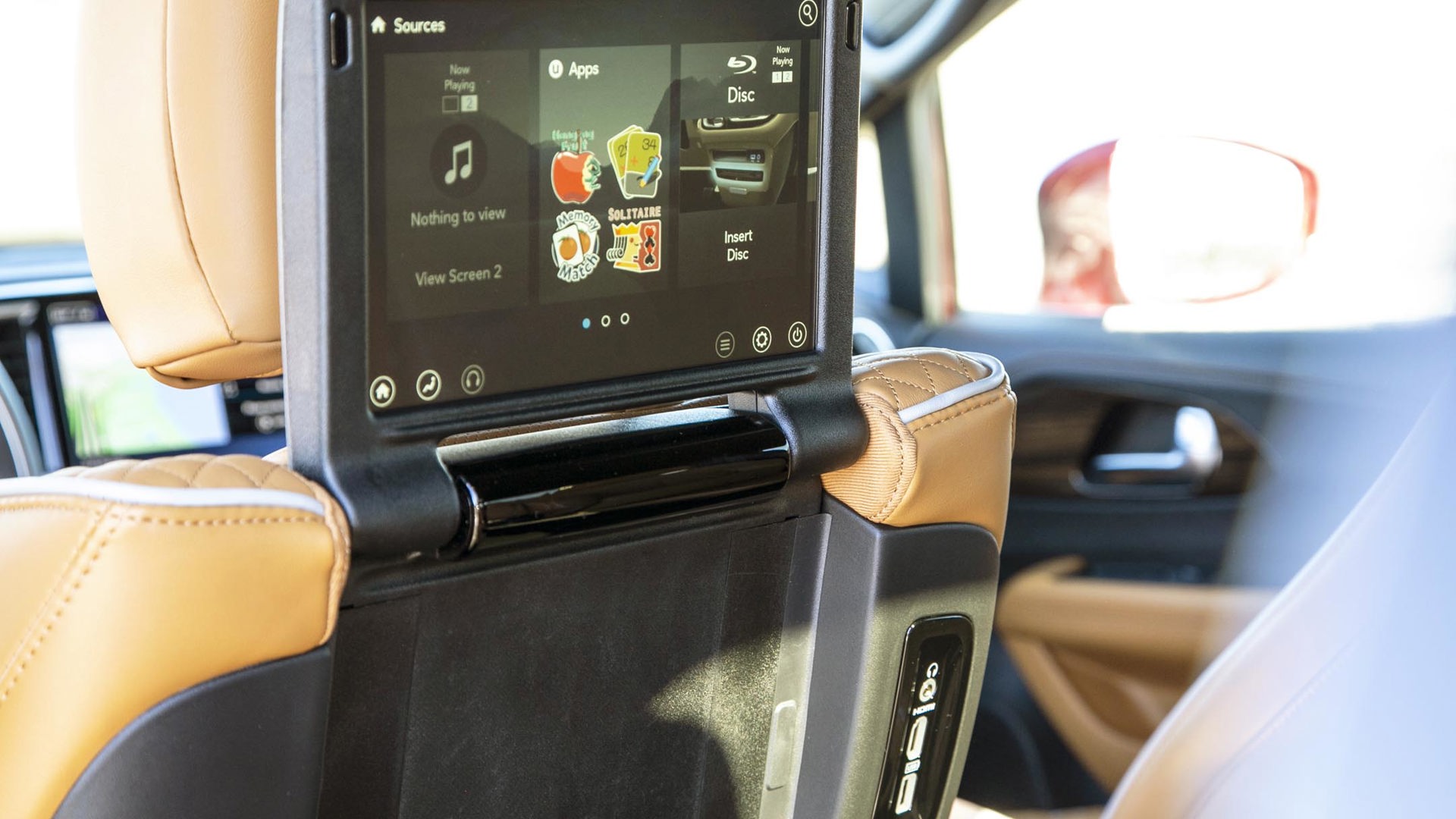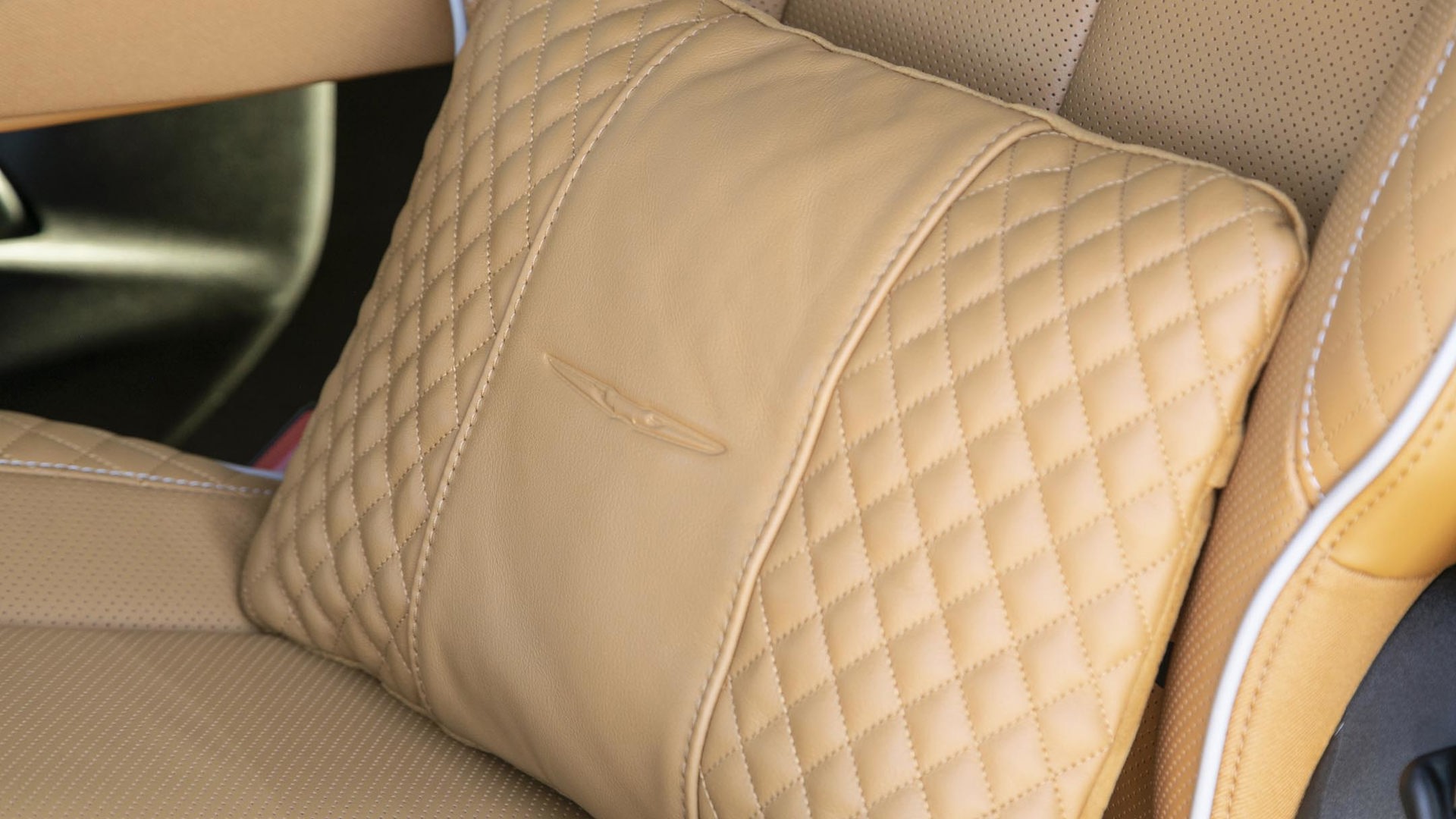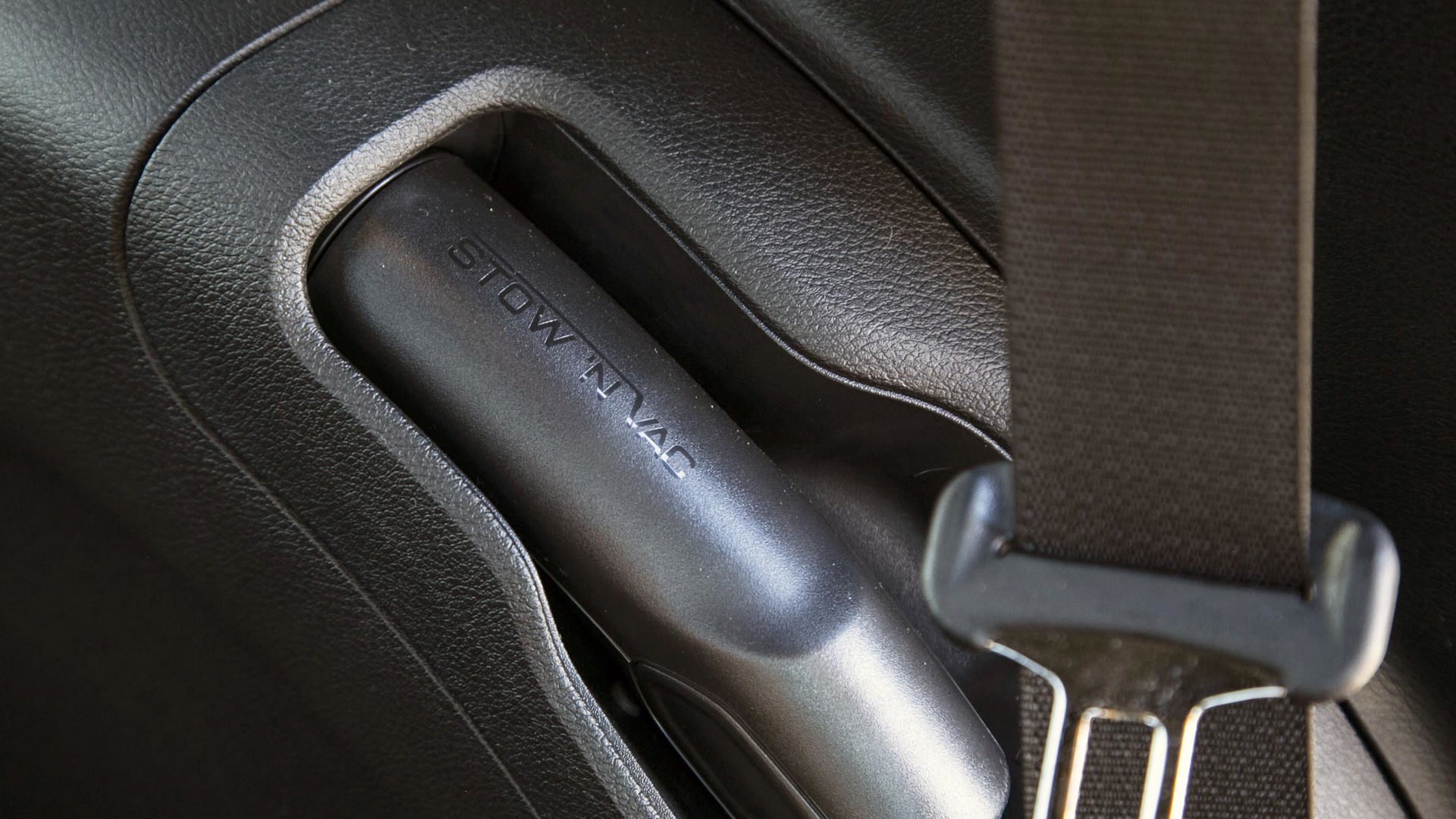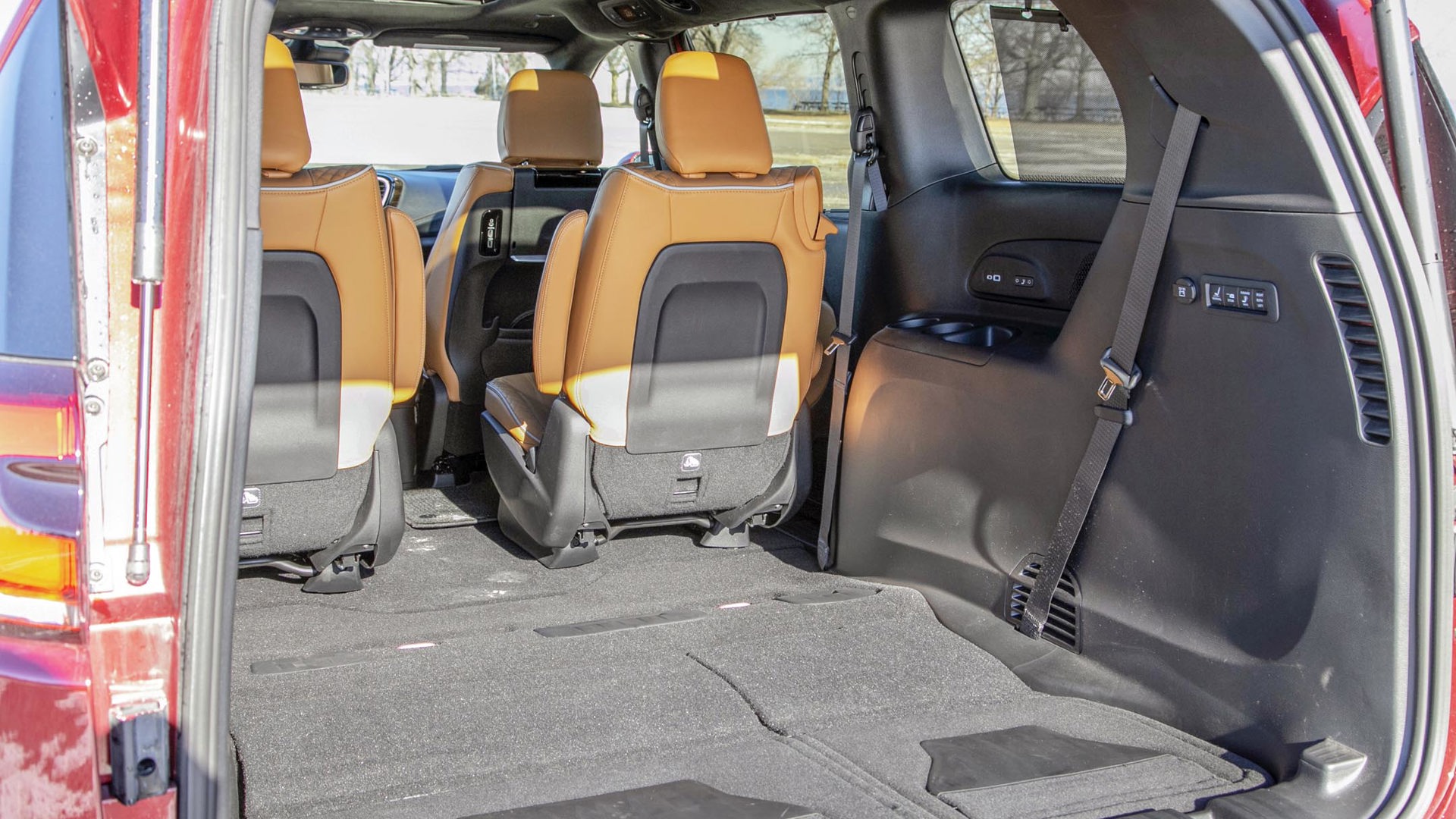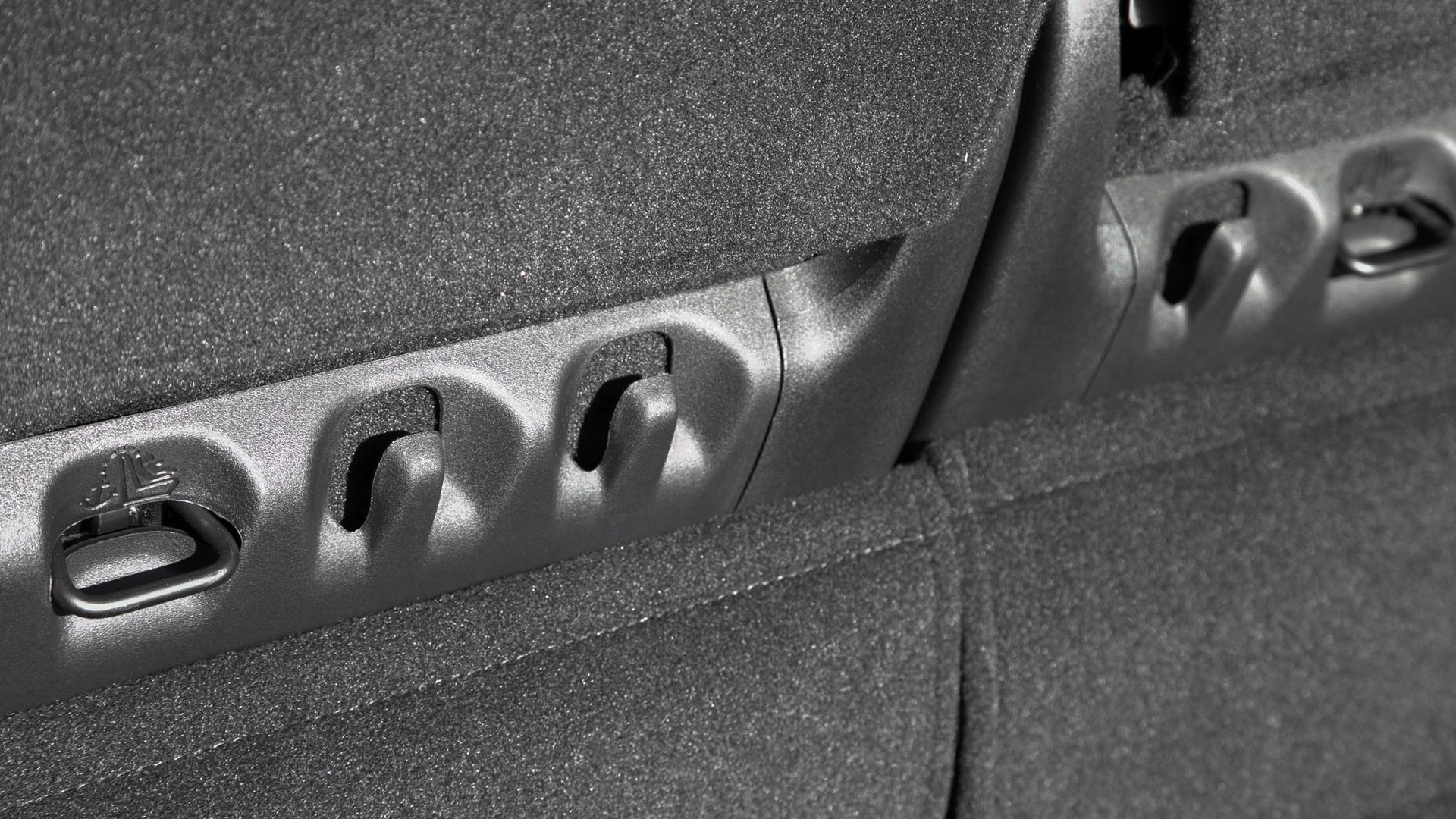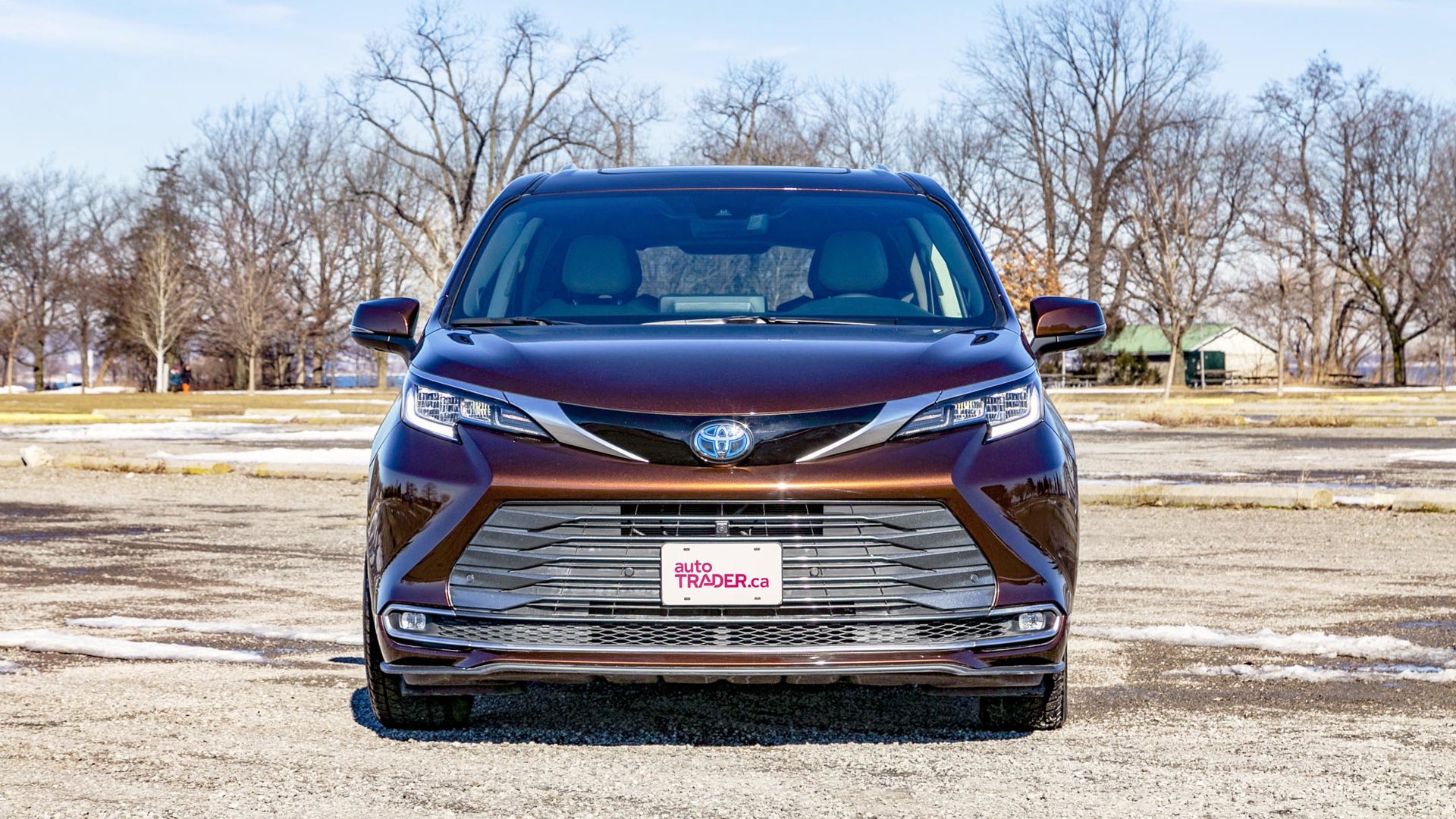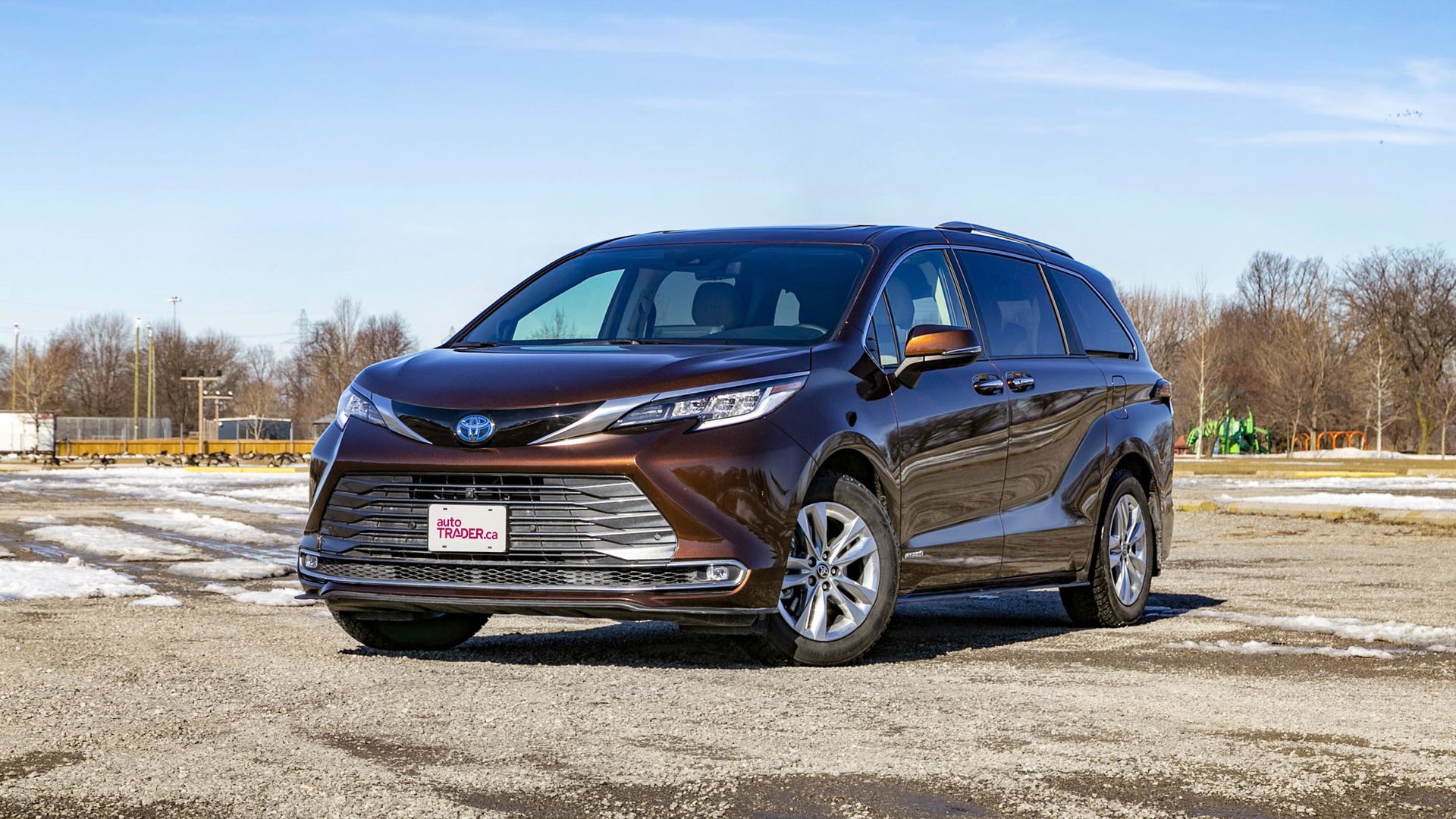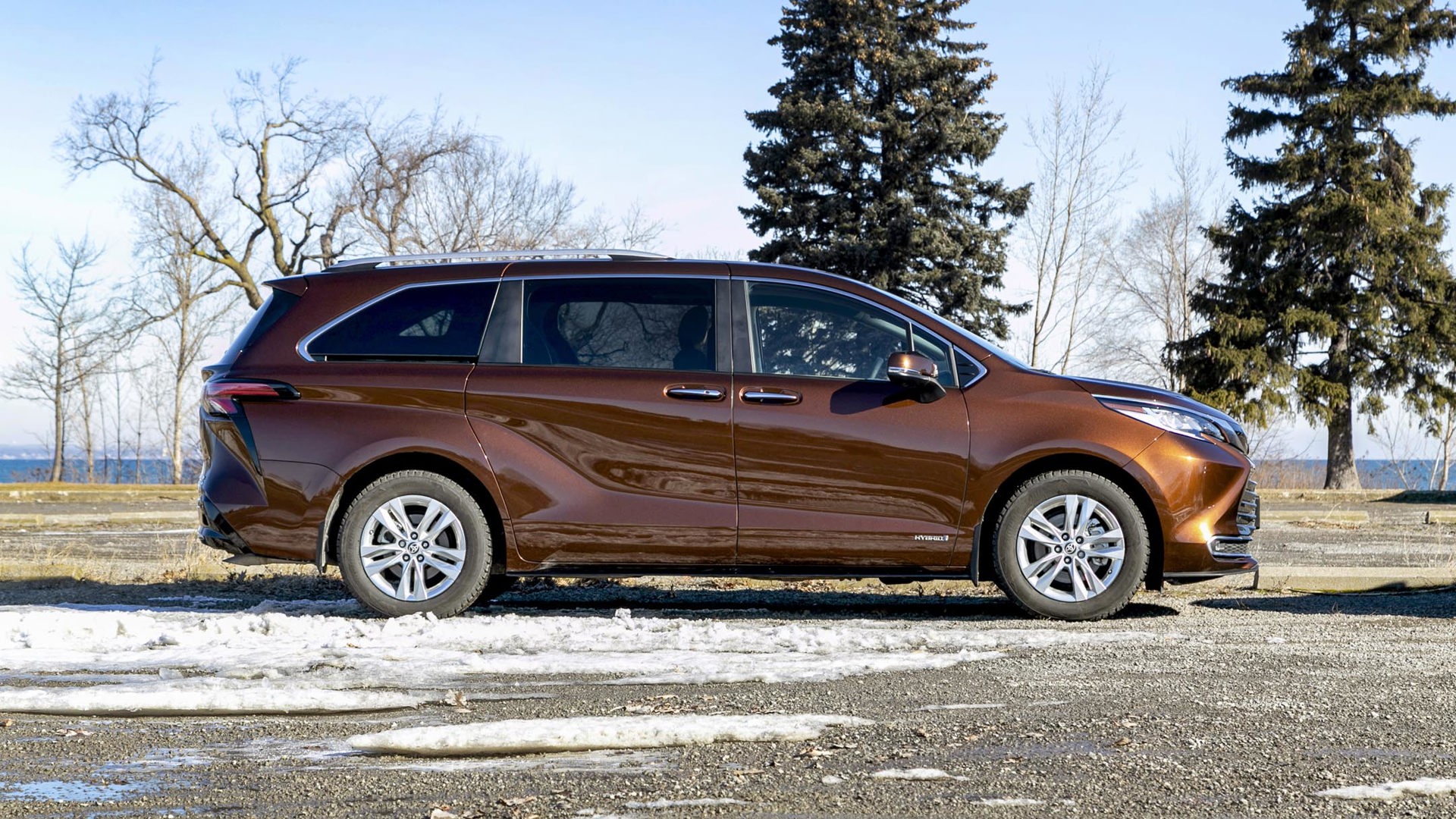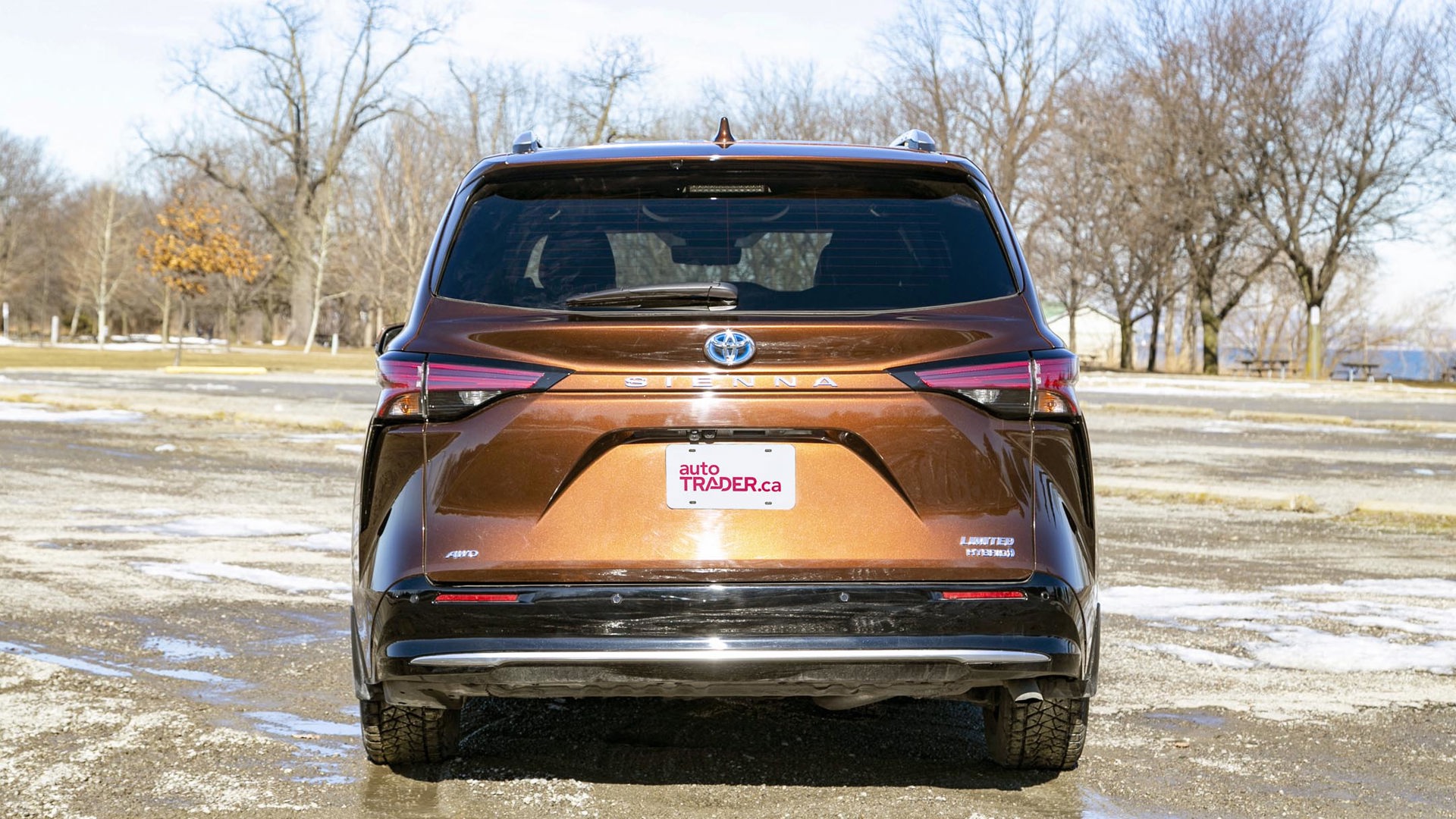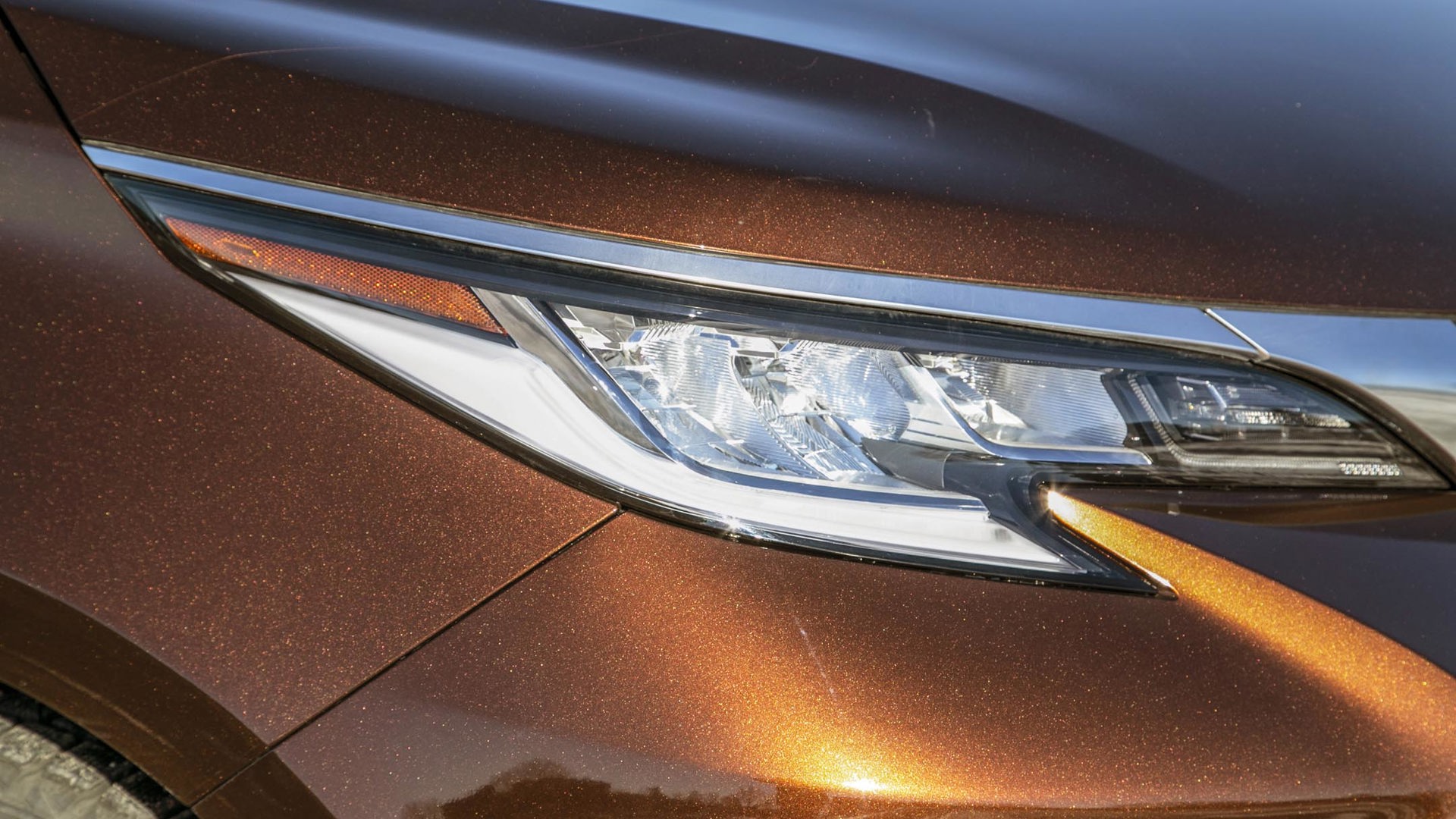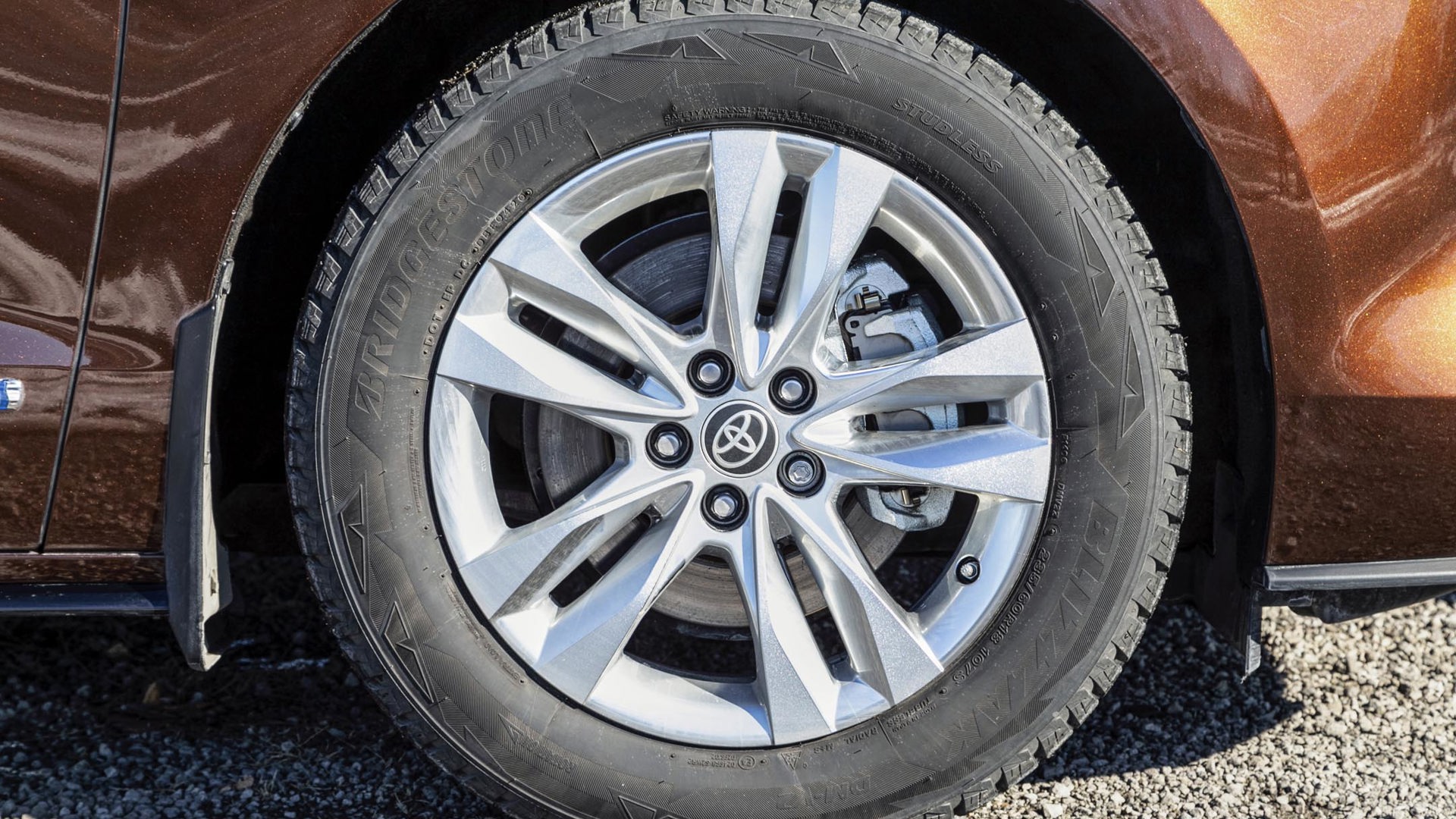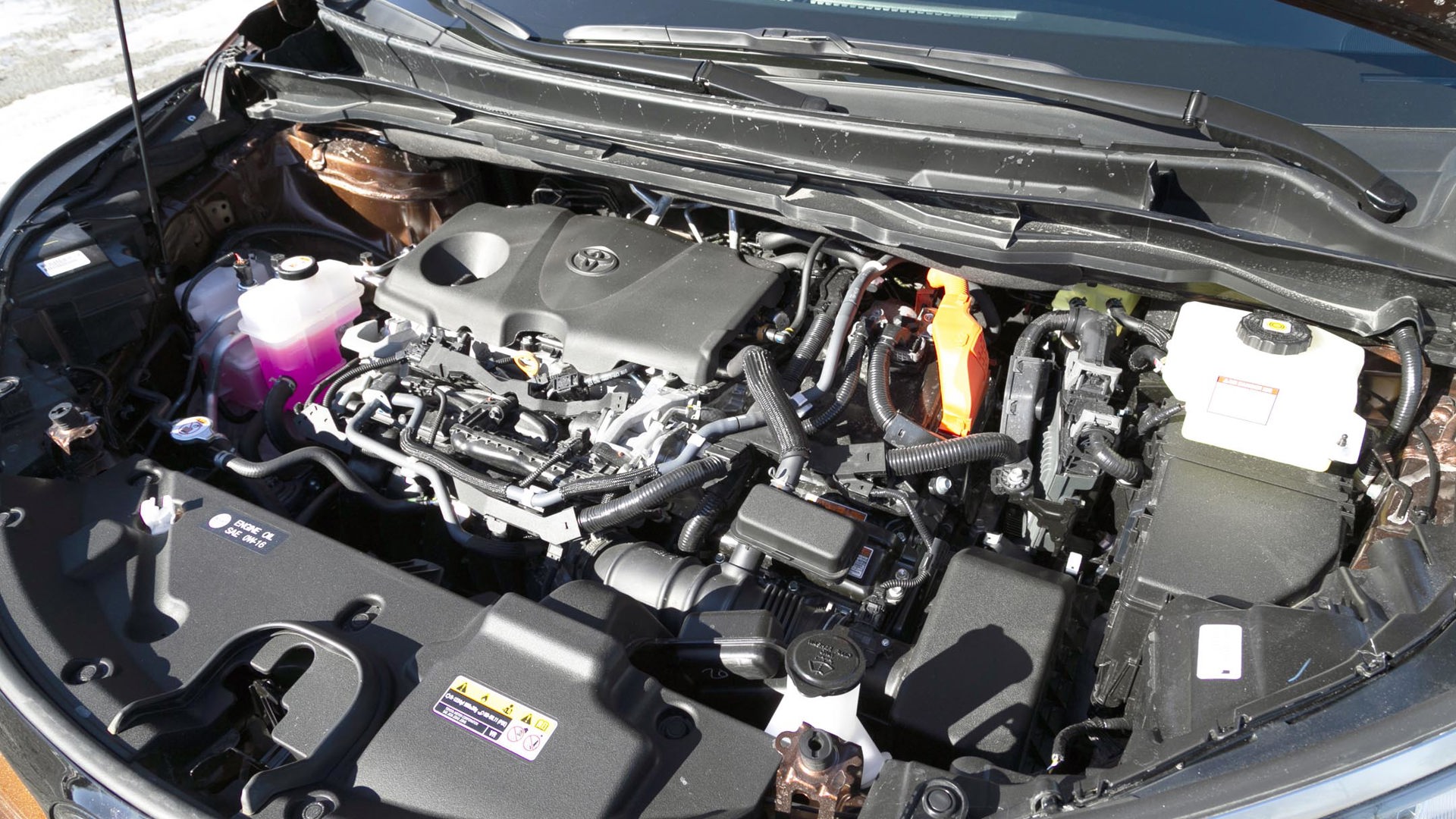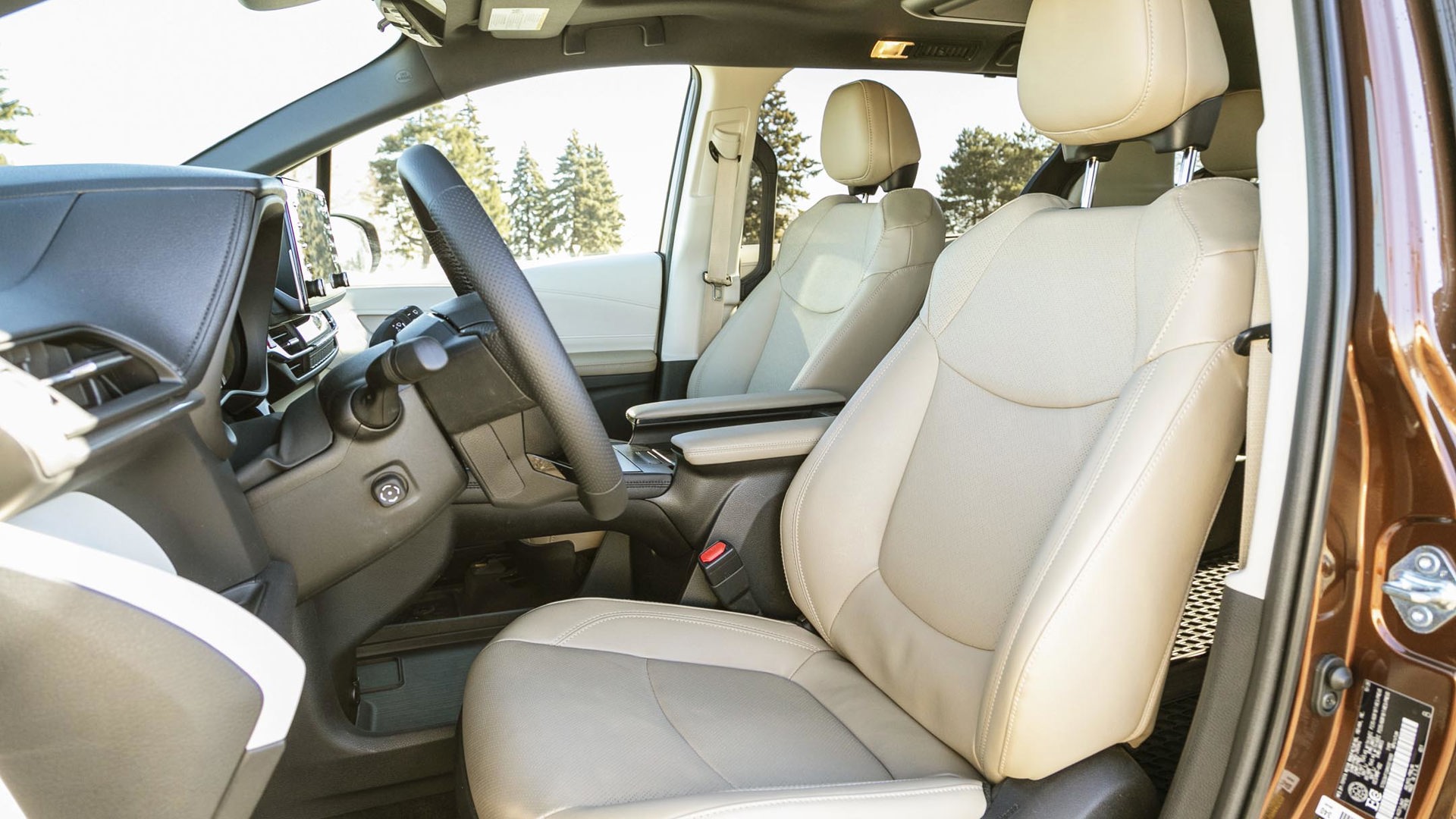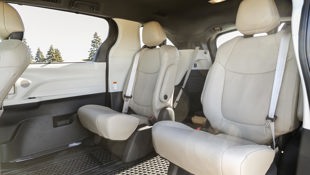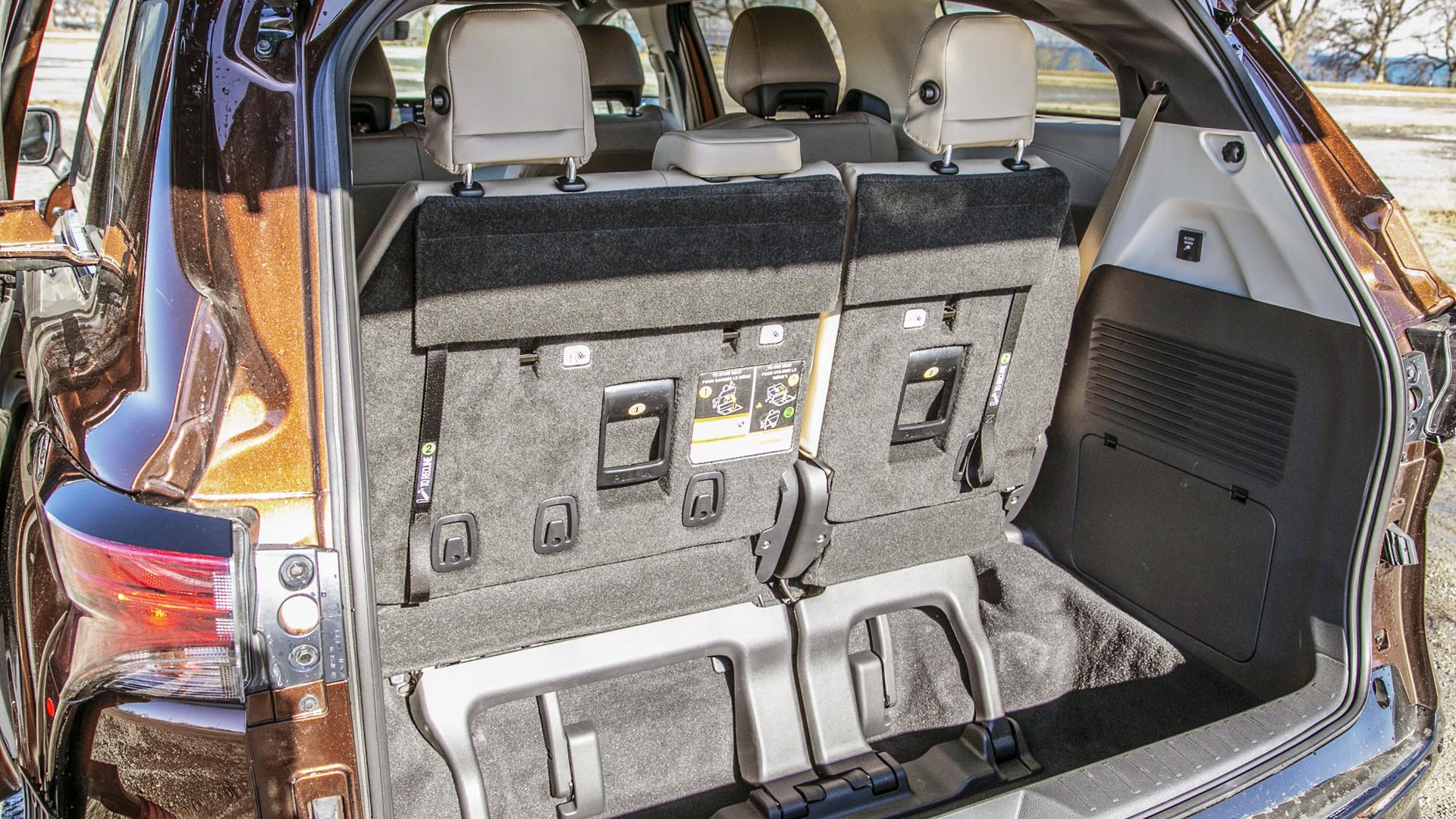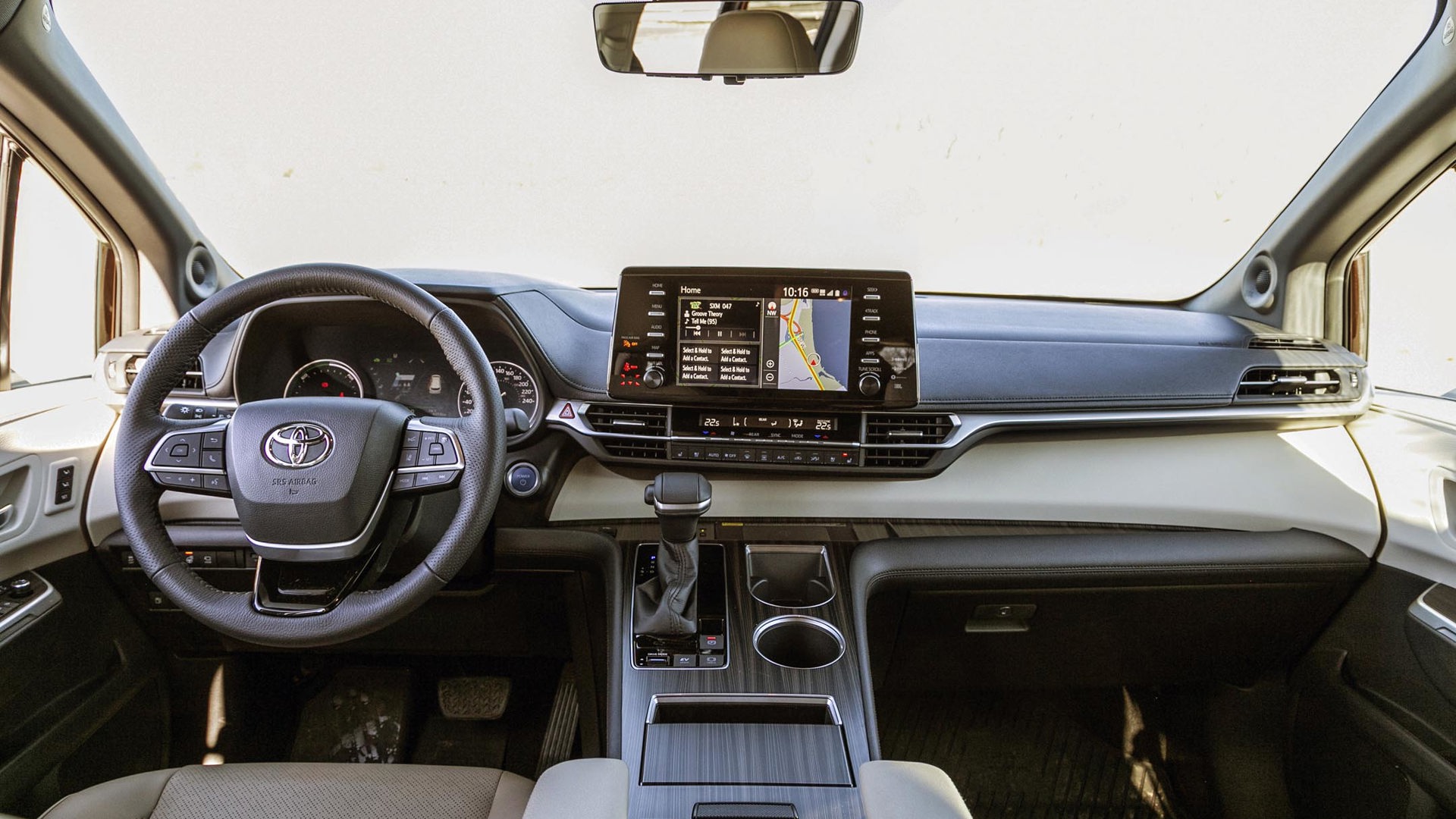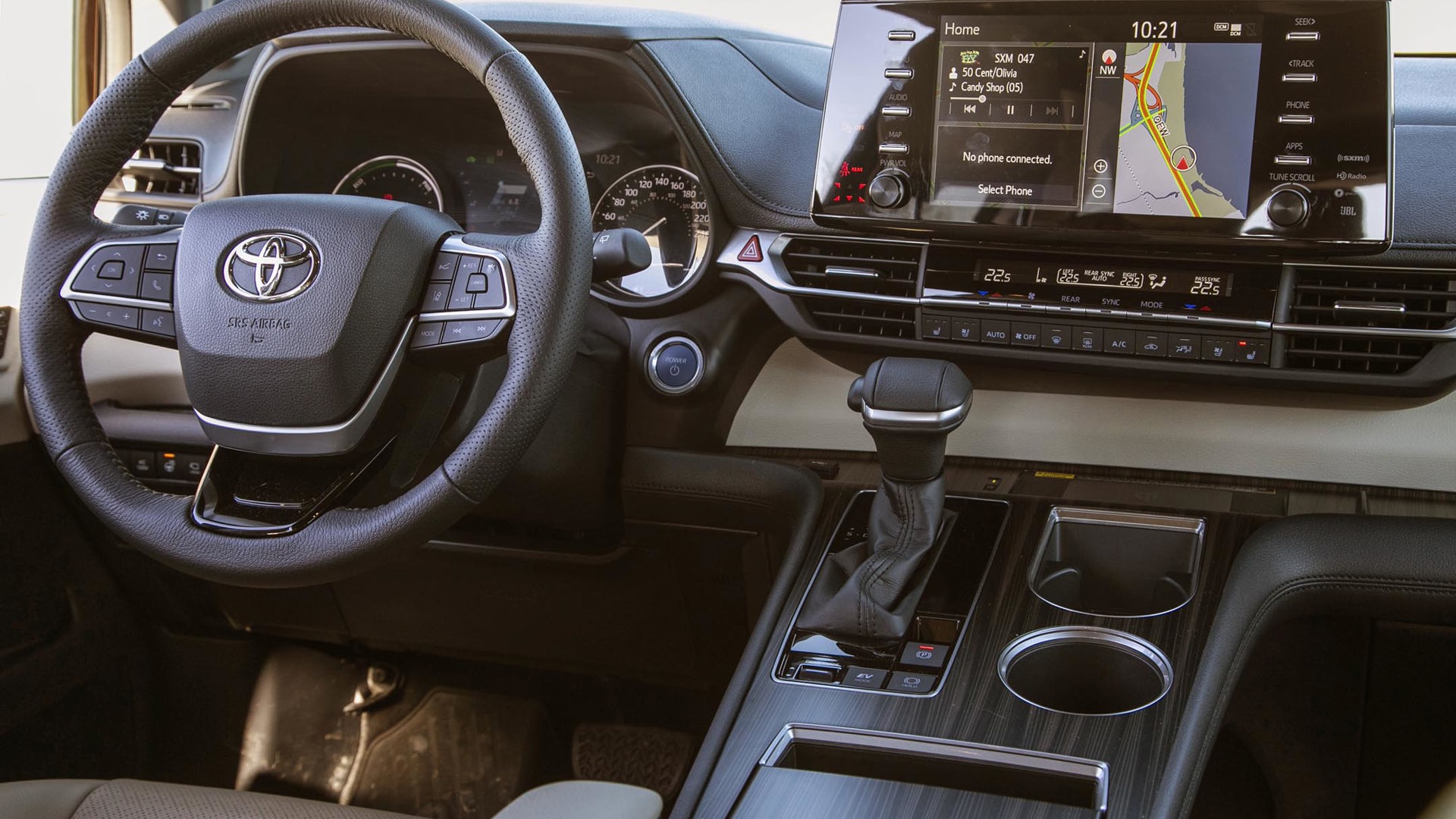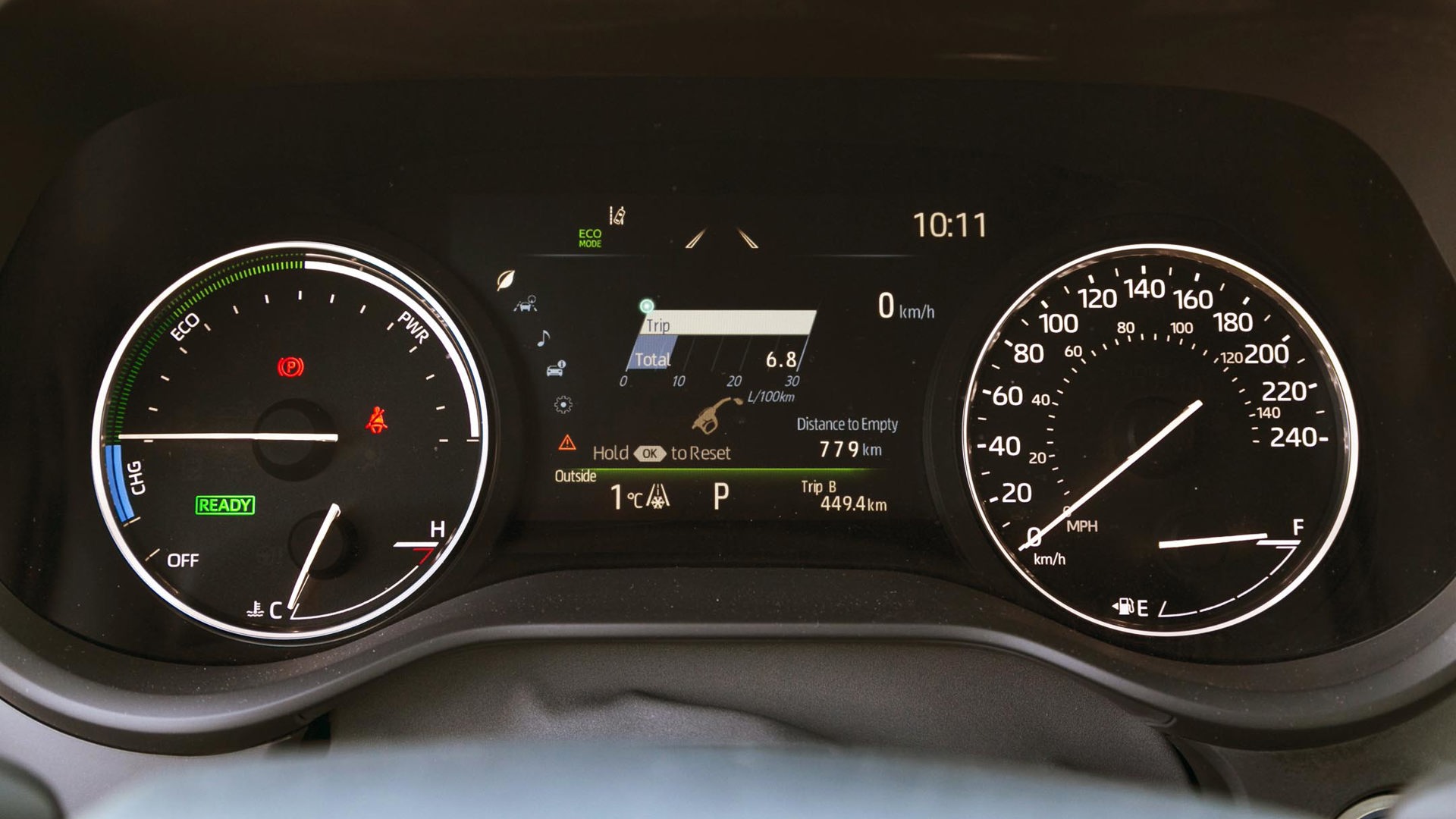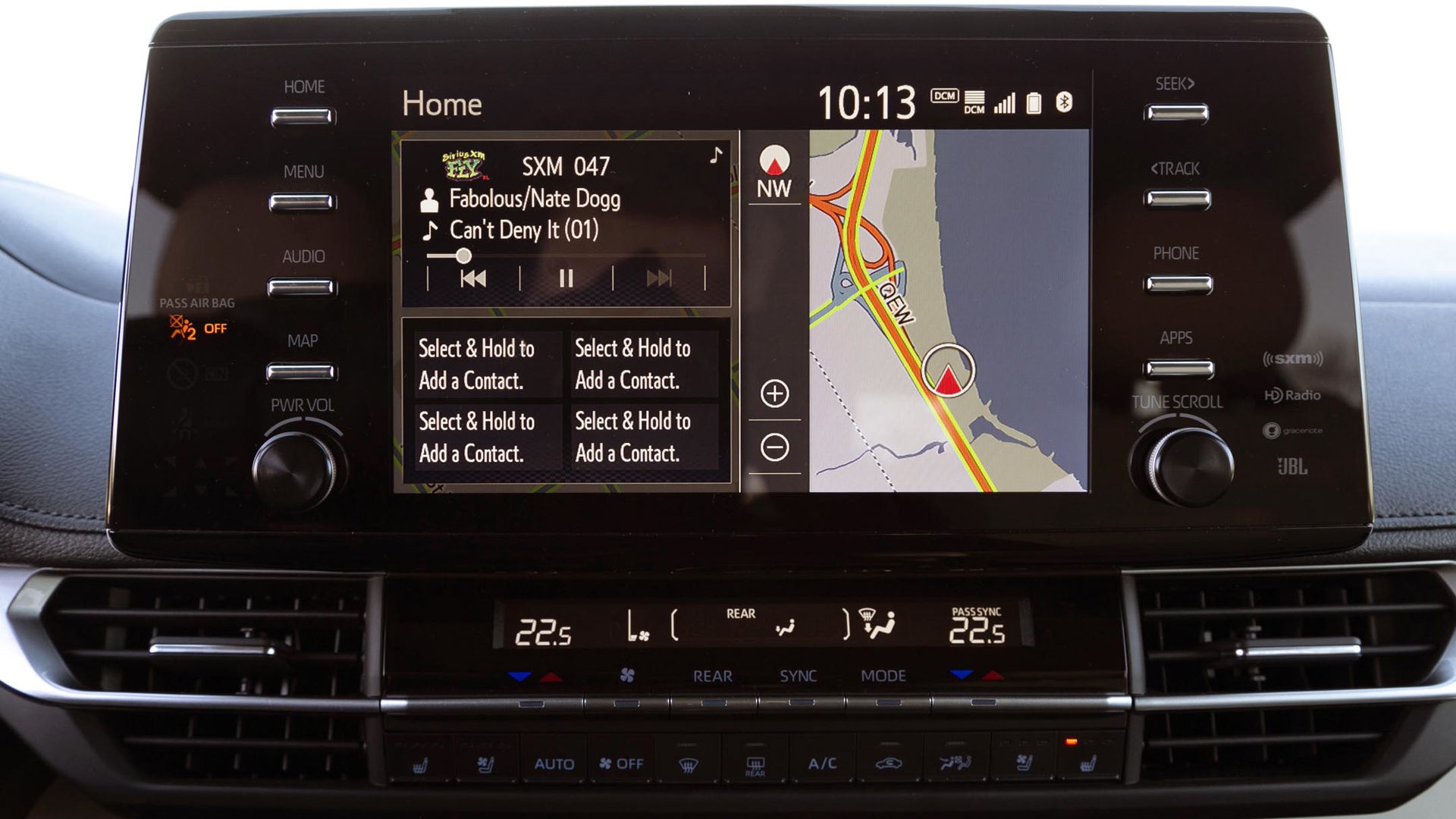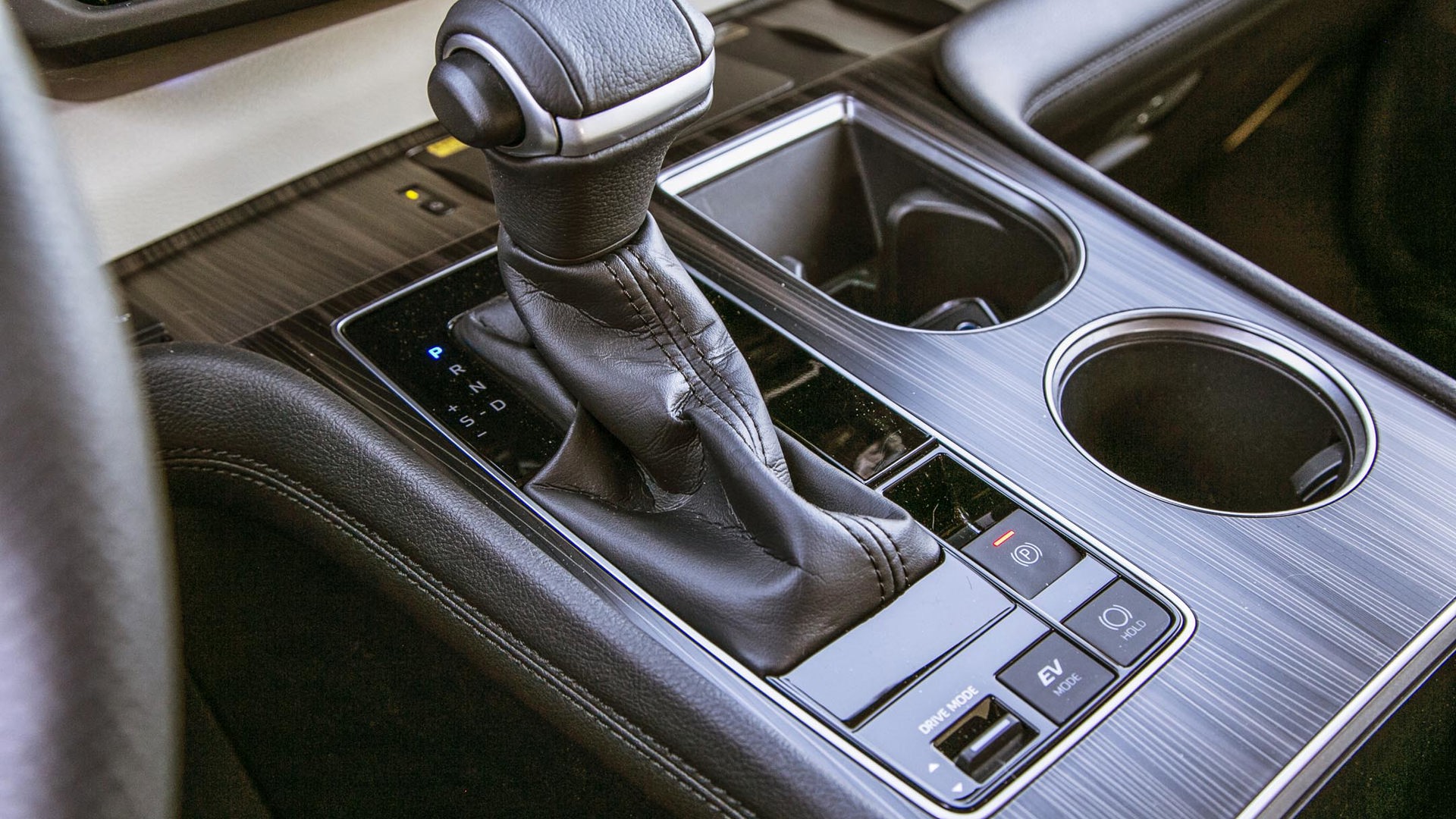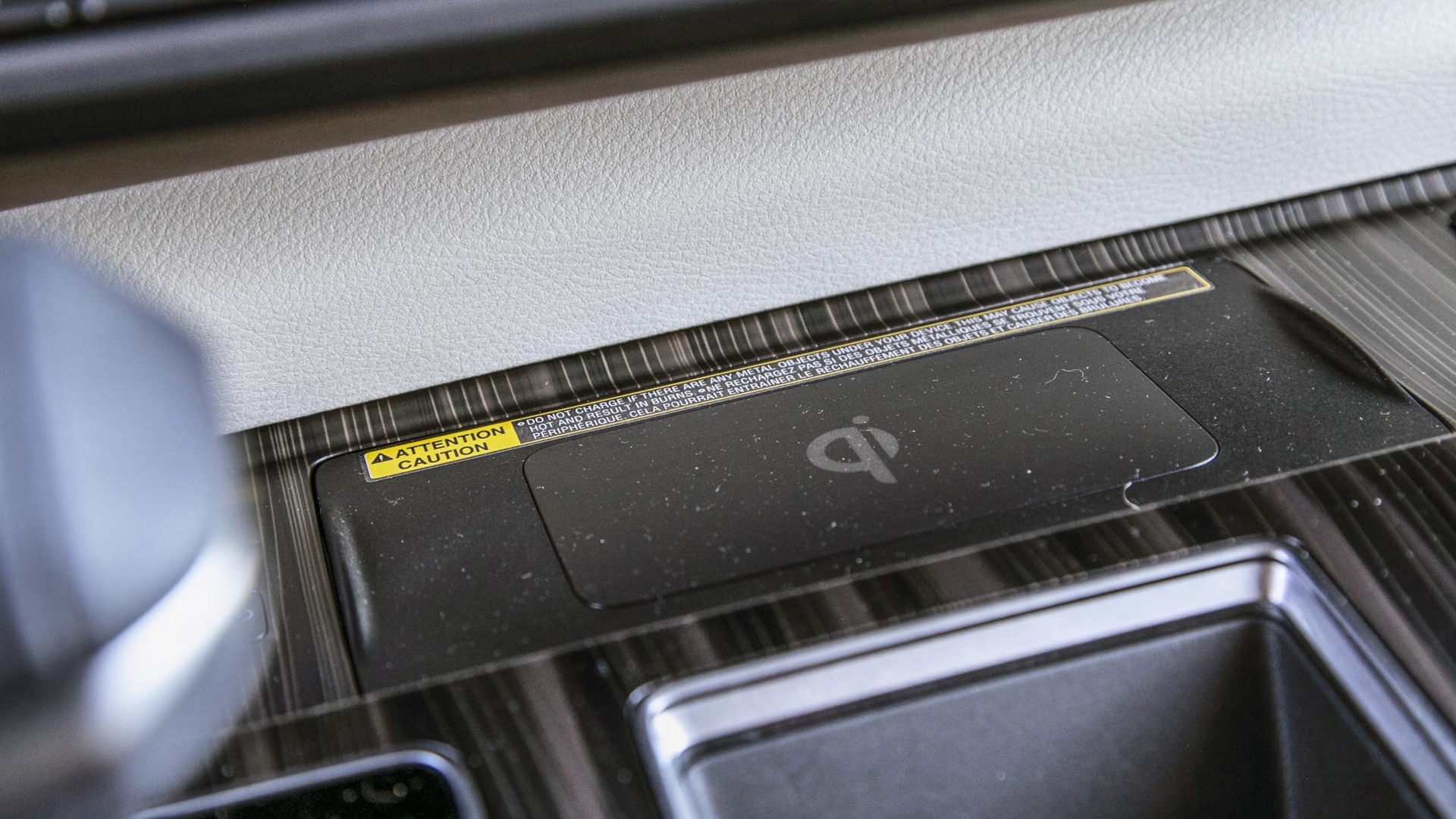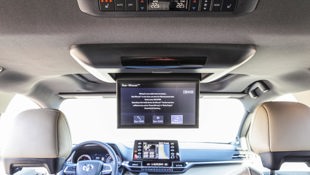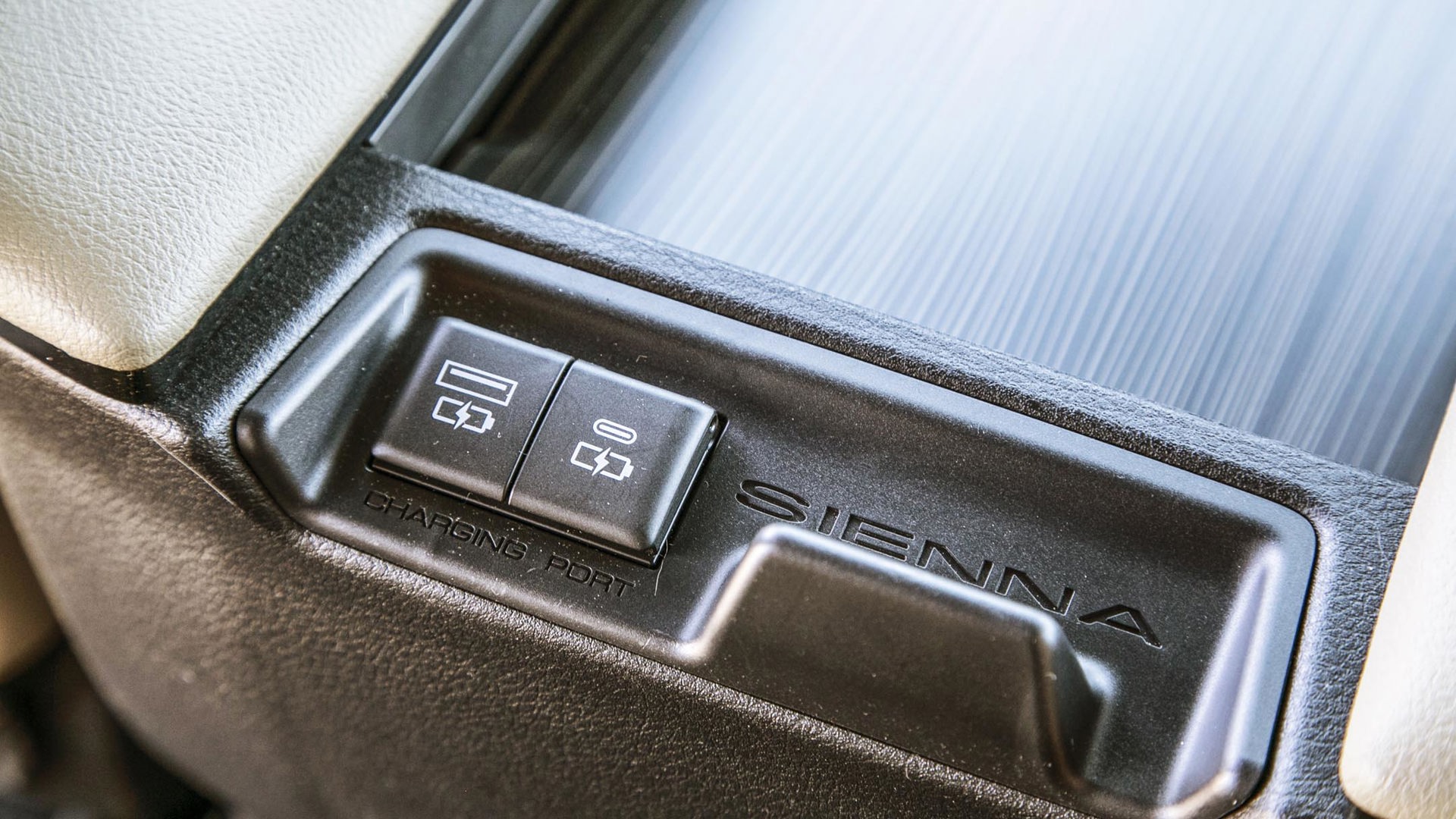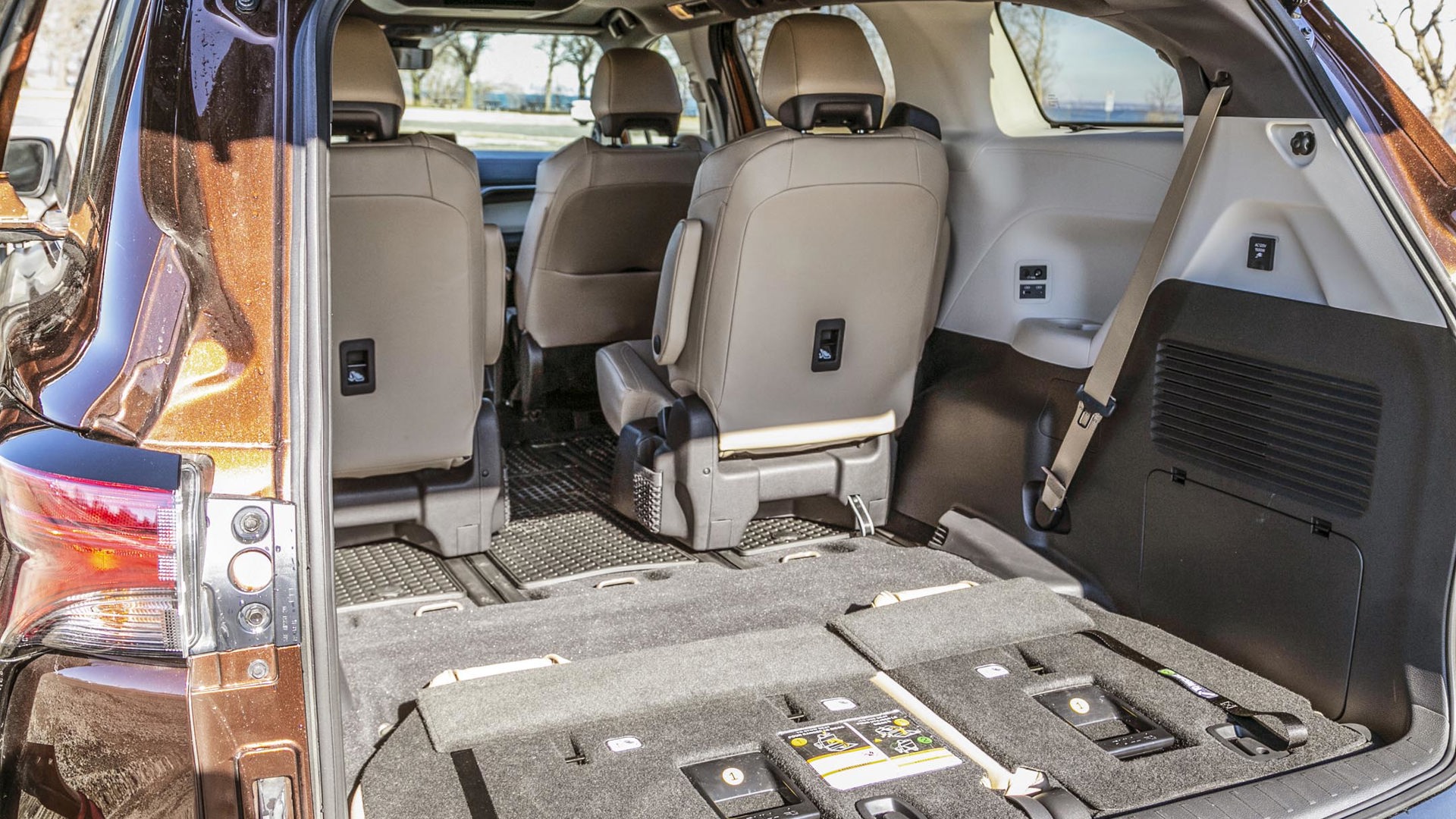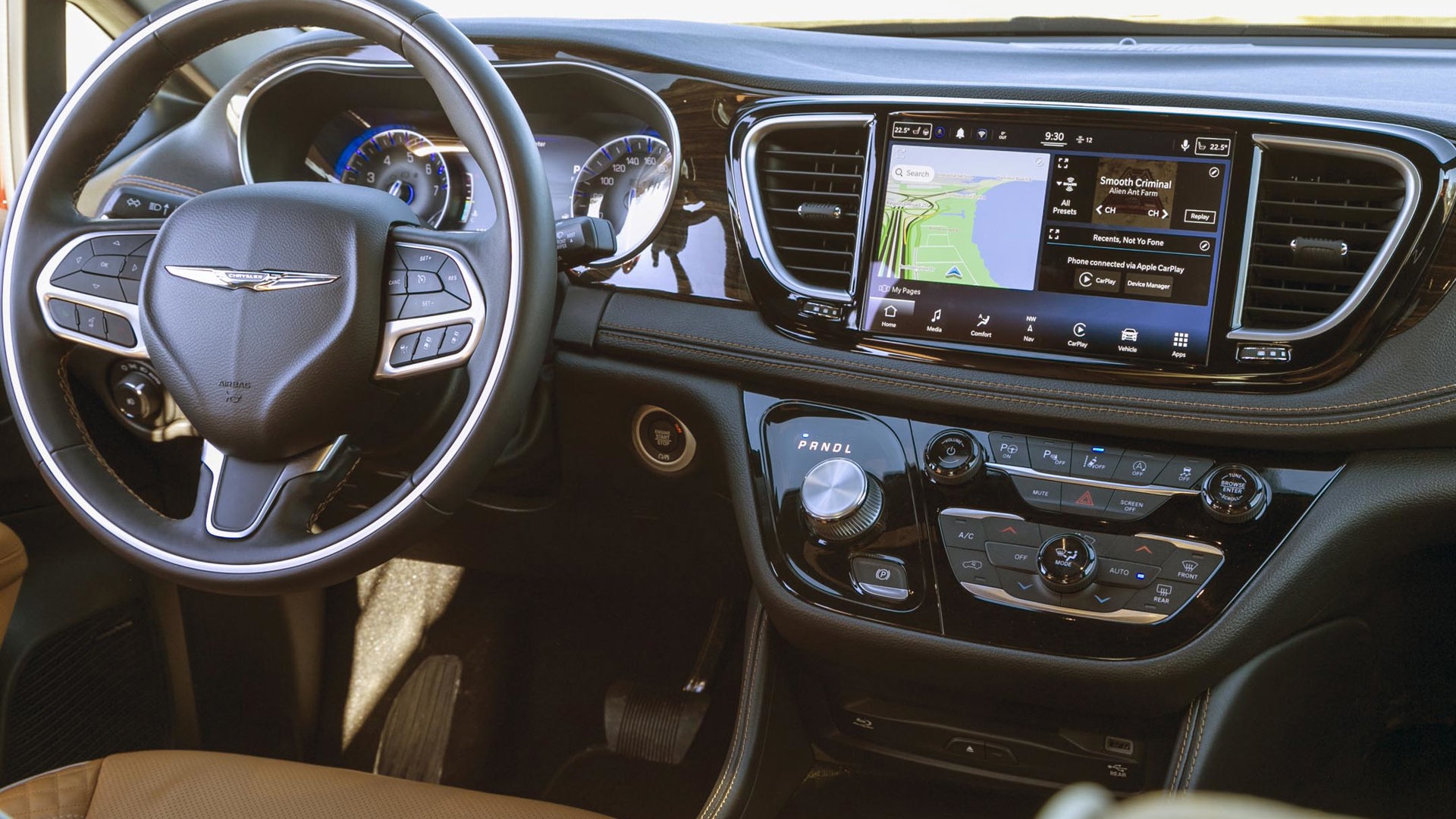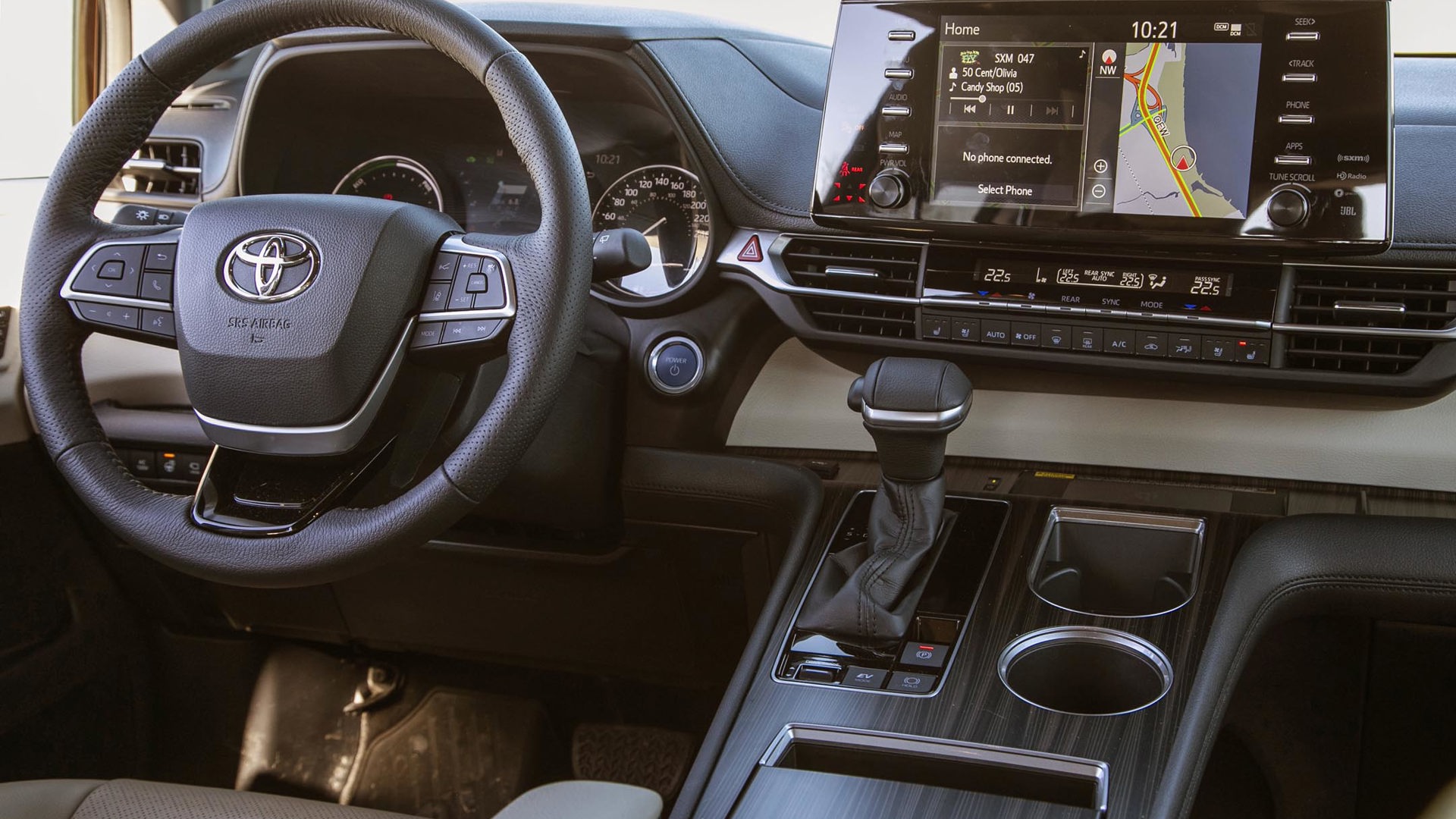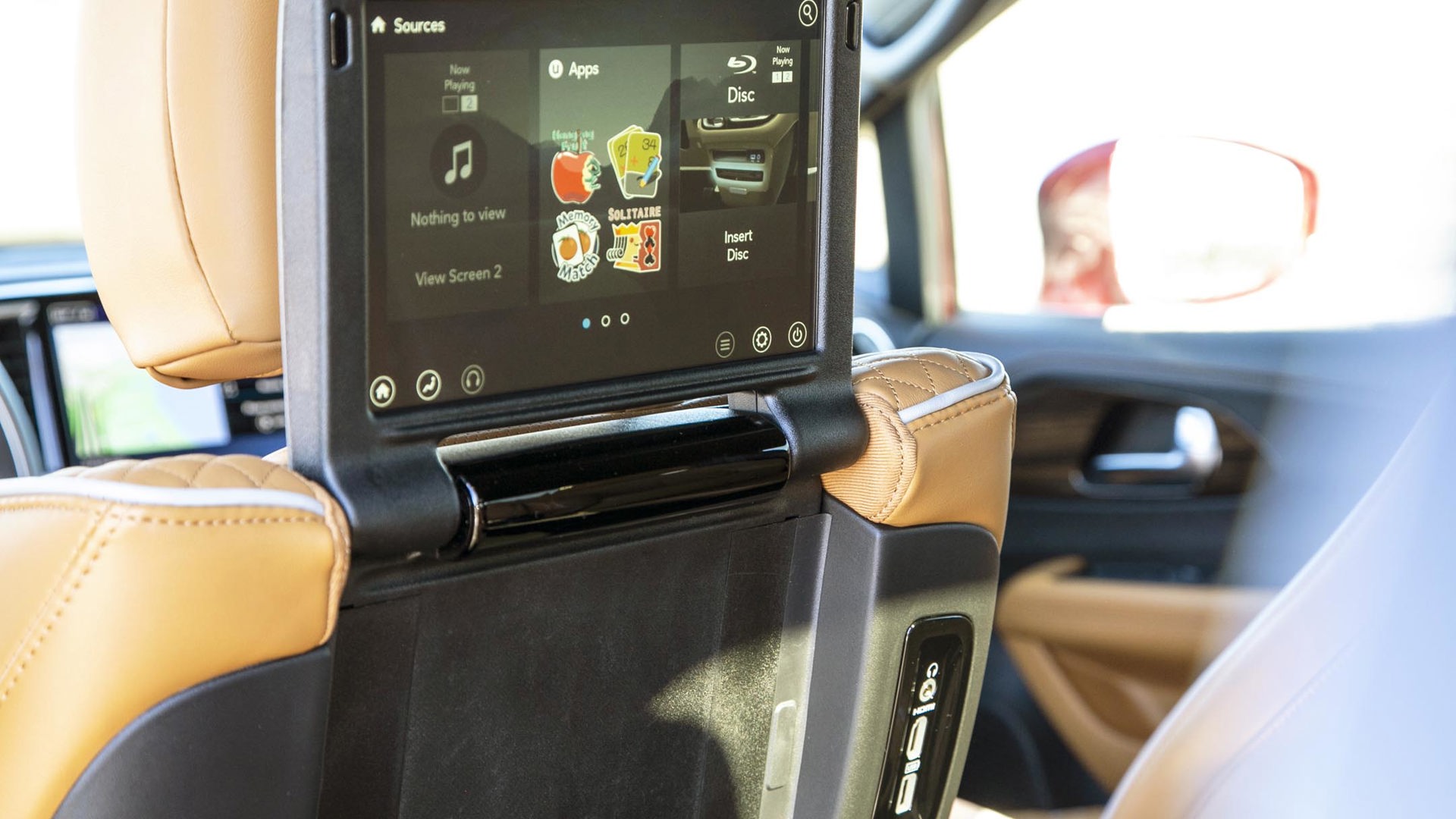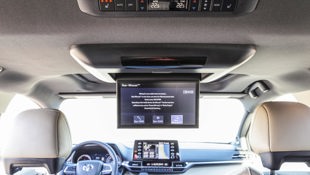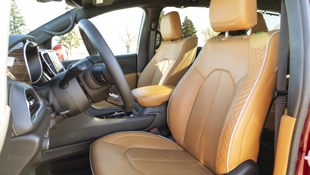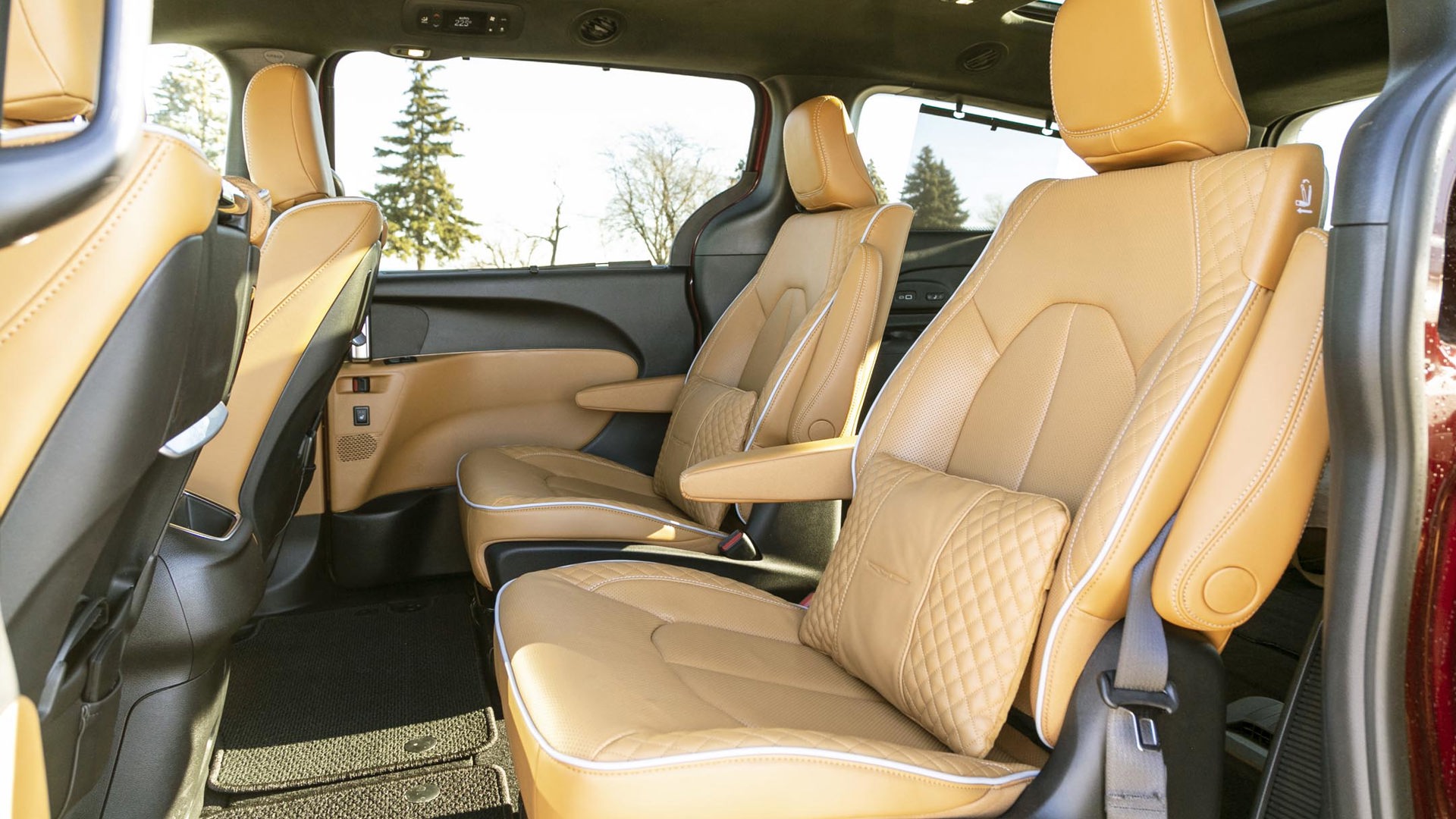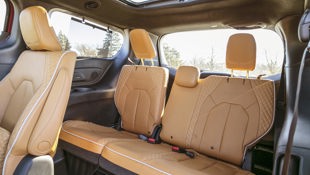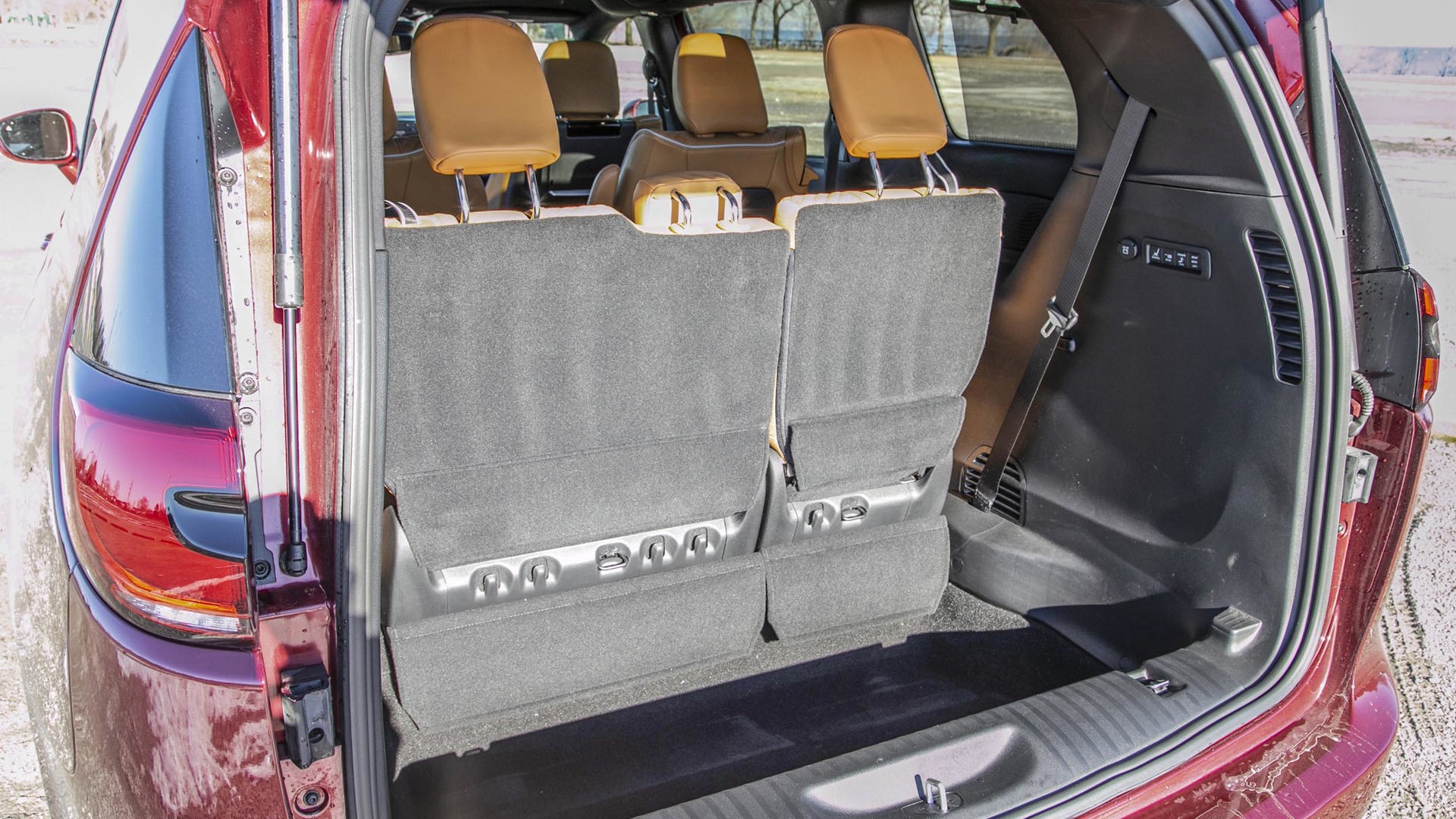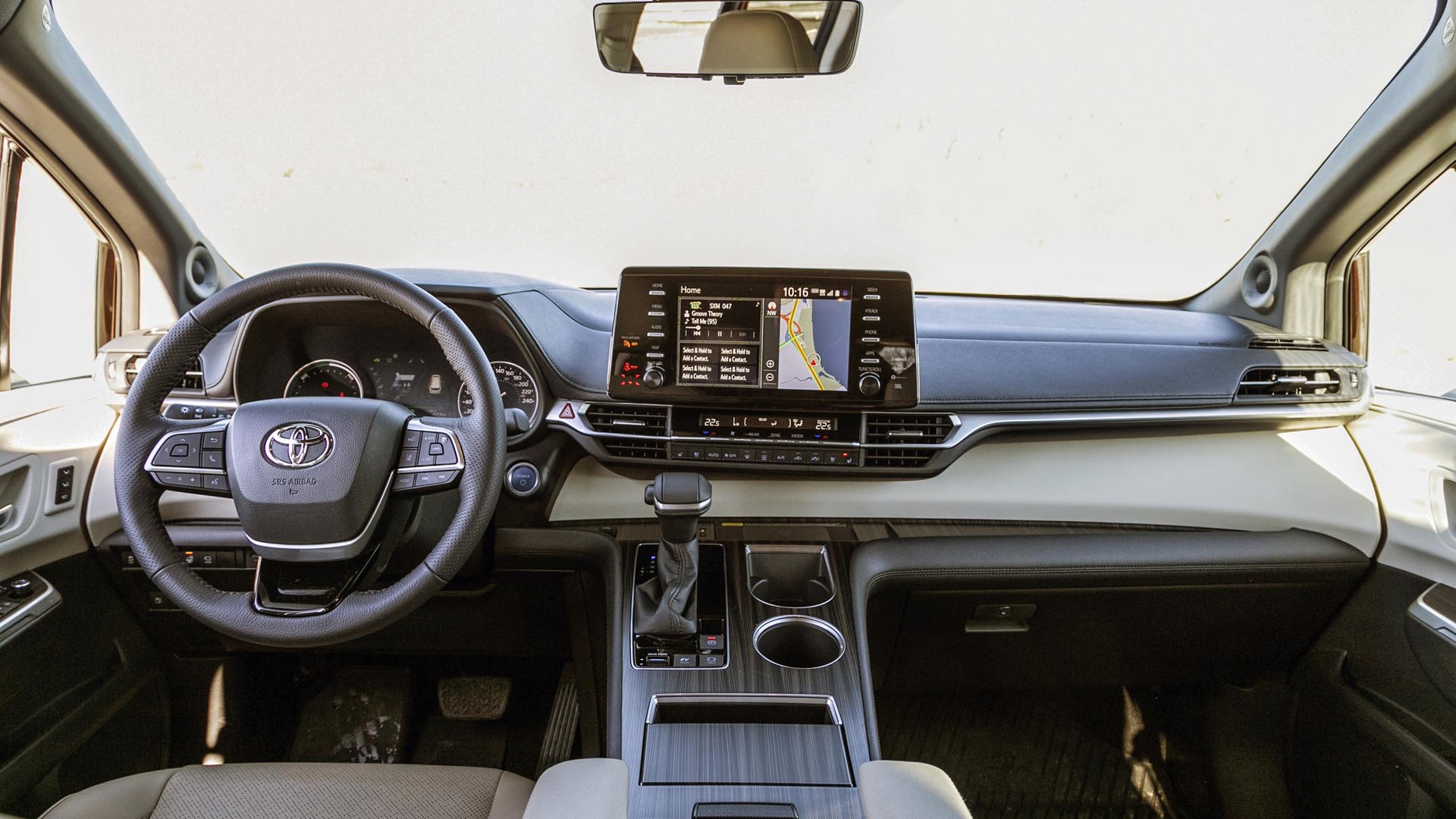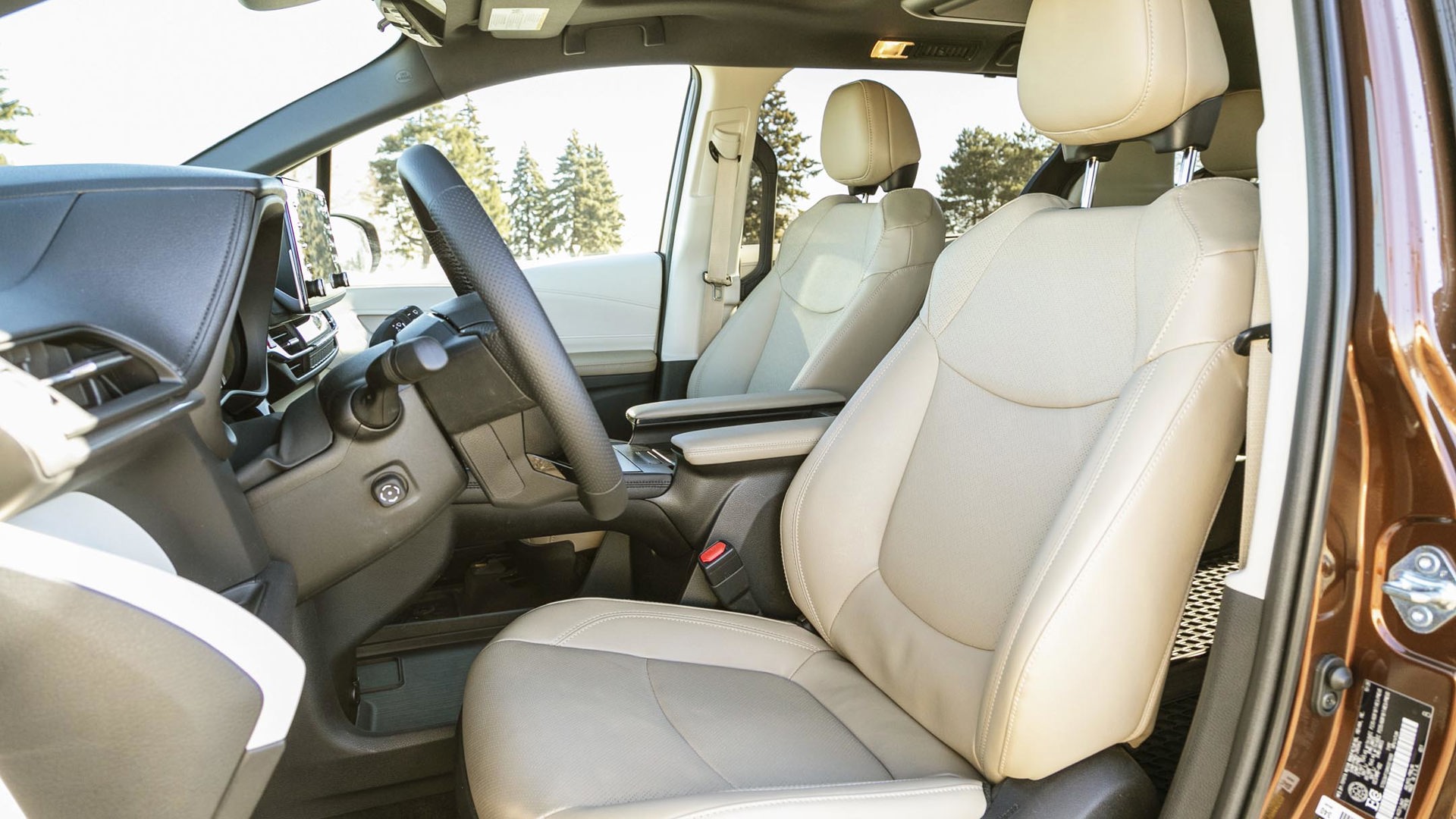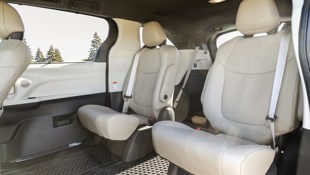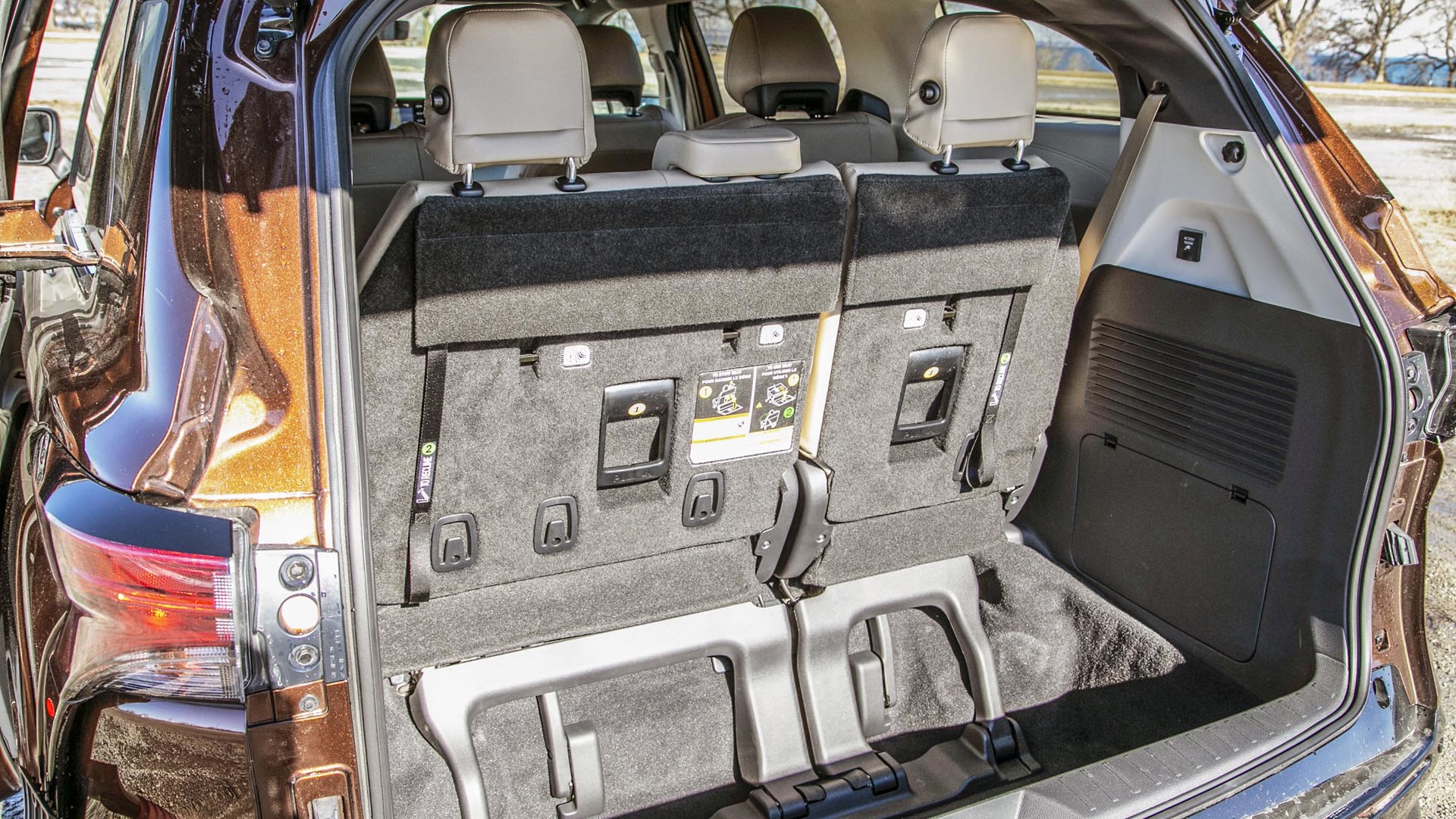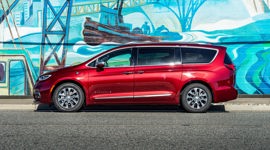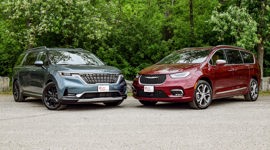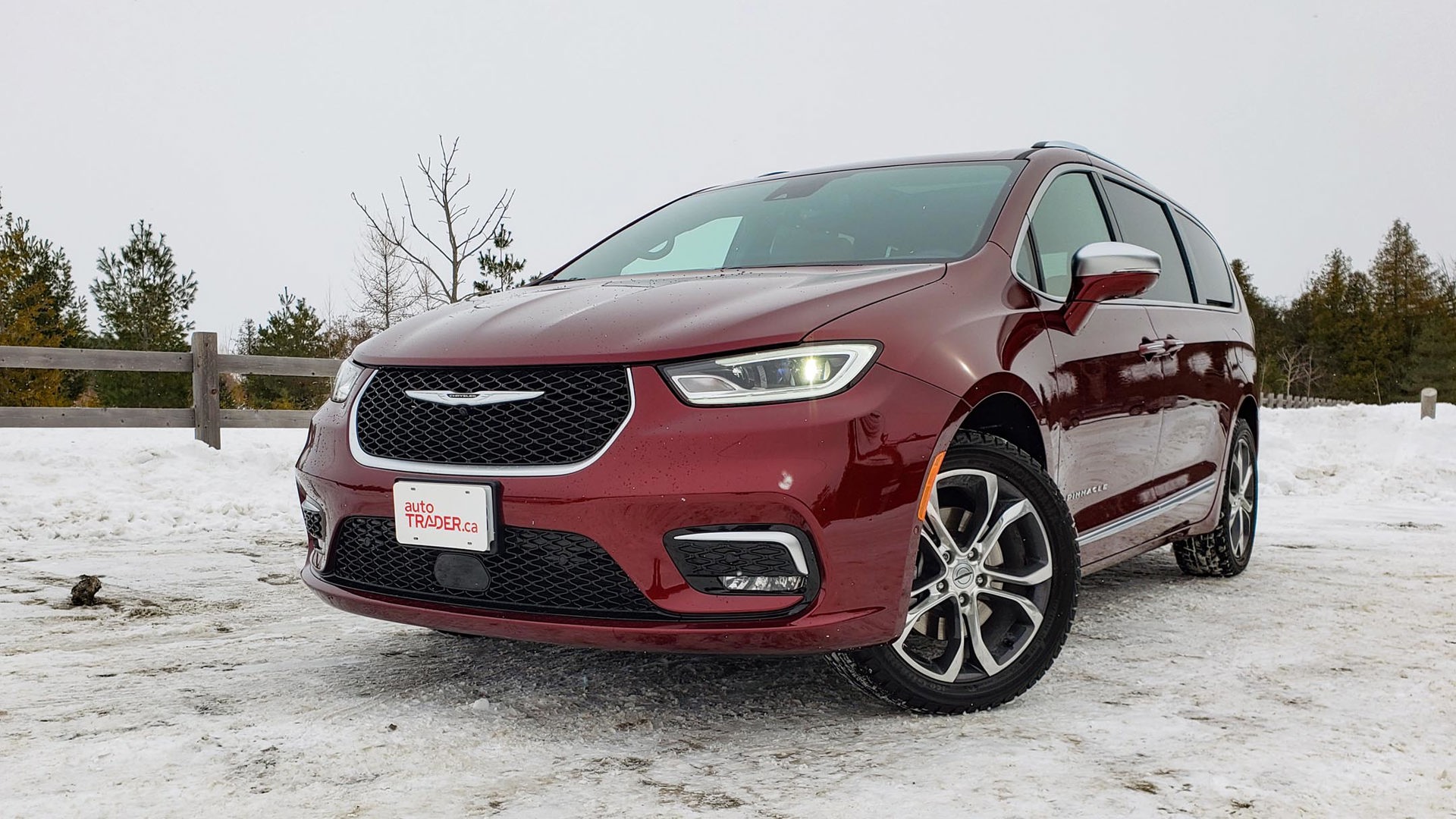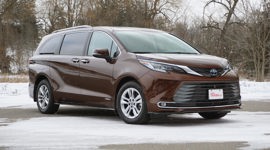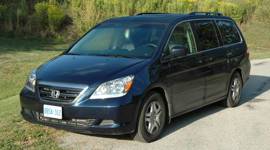Comparison Data
|
2021 Chrysler Pacifica Pinnacle AWD
|
2021 Toyota Sienna Limited AWD 7-passenger
|
|---|---|
|
Engine Displacement
3.6L
|
2.5L Hybrid
|
|
Engine Cylinders
V6
|
I4
|
|
Peak Horsepower
287 hp
|
245 hp net
|
|
Peak Torque
262 lb-ft
|
n/a
|
|
Fuel Economy
14.1 / 9.4 / 12.0 L/100 km cty/hwy/cmb
|
6.8 / 6.6 / 6.7 L/100 km cty/hwy/cmb
|
|
Cargo Space
915 / 2,478 / 3,979 L behind 3rd/2nd/1st row
|
949 / 2,129 / 2,860 L behind 3rd/2nd/1st row
|
|
Base Price
$65,795
|
$58,190
|
|
A/C Tax
$100
|
$100
|
|
Destination Fee
$1,895
|
$1,840
|
|
Price as Tested
$68,785
|
$60,130
|
|
Optional Equipment
$995 – Velvet Red Paint $100, Trailer Tow Package, $895
|
None
|
Chrysler introduced its first minivan in 1984, popularizing the family-friendly format for North American motorists.
In the 37 years since, they’ve stuck by the genre through thriving years and lean ones, even when it looked like the minivan’s days were over thanks to the popularity of SUVs. And while Chrysler is credited with inventing the minivan, it was around the time the Caravan first appeared that Toyota began importing its LiteAce van to North America. It was a quirky thing, even offering a truck-like four-wheel drive system, and it was subsequently replaced by the equally odd mid-engined Previa before the Sienna finally arrived.
Both brands have learned an awful lot over the decades of making minivans and seemingly applied it all to the thoroughly refreshed — and properly posh — 2021 Chrysler Pacifica and 2021 Toyota Sienna. The former is now offered with all-wheel drive for the first time, while the latter has added a hybrid powertrain to its repertoire that already includes four-wheel traction. And both are at the top of the game.
Styling
In the 1980s, families flocked to minivans as the must-have vehicle to replace the suddenly uncool station wagon that had been a family staple for decades. The van’s hipness was fleeting, however, and in the ’90s minivans became as fashionable as mom jeans. (Ironically, high-waisted denim has regained favour in recent years for its practical comfort. Perhaps, then, it’s time for the similarly pragmatic minivan’s renaissance, too.)
Parked in the grocery store lot amidst a sea of crossovers, the 2021 Chrysler Pacifica Pinnacle neither stands out for its beauty, nor for any unfashionable awkwardness. For 2021, Chrysler’s stylists gave the Pacifica a larger grille and redesigned taillights, both of which make the van look decidedly more like a crossover. Add in the 20-inch wheels and the Pacifica’s clean design holds its own at the school drop-off line.
The overhauled 2021 Toyota Sienna adopts some contemporary styling traits from the rest of the brand’s lineup, like the flamboyant taillight design and enormous grille that appears to be devouring a stack of pancakes. Its profile looks more like that of a traditional minivan, with big, square sliding doors and relatively tiny wheels, but this tester’s Sunset Bronze Mica (read: sparkly brown) paint looks great and gleams in the sunlight.
Inside, the polarity of design between these two is also evident. Chrysler has given the Pinnacle trim a traditional and regal look that’s highlighted by elaborately stitched Nappa leather contrasting with the black suede roof trim. There’s even a pair of matching throw pillows for the second-row captain’s chairs, which, worryingly, will become projectiles every time quarrelling siblings work things out the way my brother and I used to do.
Conversely, the Sienna’s dashboard appears almost Scandinavian in the way it applies broad, flat surfaces and plastic trim pieces styled to look like wood. There’s synthetic and genuine leather here, though I’ve seen vinyl seats that look (and feel) nicer.
Pacifica: 8/10; Sienna: 7/10
Fuel Economy
Chrysler offers the Pacifica in a plug-in hybrid version, which brings notably better fuel efficiency than this all-wheel-drive tester’s worst-in-class 12.0 L/100 km combined average. Toyota, meanwhile, doesn’t make buyers choose between all-wheel traction and hybrid efficiency, managing to package them both in the Sienna — and in every trim. The result is astonishing, with a combined average consumption rate of 6.7 L/100 km.
While both vans only require regular fuel, their difference of more than 5.0 L/100 km average means a driver covering roughly 24,000 km per year will spend more than $1,500 extra to drive the Pacifica compared to the Sienna. That disparity will only increase for those doing more urban travel, where conventional hybrids do their best work.
Pacifica: 6/10; Sienna: 10/10
Power
The hybrid-only Sienna is powered by a 2.5L four-cylinder engine that generates a meagre 189 hp and 176 lb-ft of torque. With some extra help via electrification, the net sum is 245 hp, which is still a modest amount to propel a nearly 2,200-kg (4,826-lb) machine. Still, it’s adequate to keep the Toyota flowing with traffic, and capable of passing manoeuvres with a bit of planning, but the rubber-band feeling of the Sienna’s continuously variable transmission (CVT) doesn’t make it especially enjoyable.
The Pacifica’s power delivery is more traditional, emanating from a tried-and-true 3.6L V6 found in everything from the Dodge Challenger to the Jeep Wrangler. Its 287 hp and the Pacifica’s slightly lighter mass mean the Chrysler reaches highway speeds with greater ease than the Toyota. The Pacifica’s 262 lb-ft of torque requires 4,000 rpm to reach, making it feel a little sluggish pulling away from a stop. What’s more, the nine-speed automatic transmission reveals that this is still a lot of weight for a midsize V6 to haul around, and seems to need frequent downshifts in answer to modest throttle requests.
Pacifica: 8/10; Sienna: 7/10
Driving Feel
The Sienna is proof of Toyota’s vast experience in hybrid technology, creating a remarkably seamless transition from electric to gas and hybrid modes, with the audible change of the coarse engine being the only telltale. The regenerative braking, though, is typical of most hybrids and requires a bit of time to get used to its nonlinear pedal feel. The Pacifica’s braking is quite good, with a solid pedal feel and braking power that hauls the big bus down to a stop with ease.
Minivans of this size are never expected to feel sporting, and these two are no exceptions. There’s plenty of body roll when cornering, but with all-wheel drive both have the ability to haul themselves out of a corner with better traction than their front-wheel-drive counterparts. Remarkably, given its significantly greater weight, the Sienna feels felt better composed and easier to control when driven at slightly-greater-than-prudent speeds on on-ramps, although some of this could also be attributed to the Pacifica’s winter Yokohama tires that had particularly chunky treads.
Even still, while these vans handle about as well as the average three-row SUV, there are some crossovers that are far more composed and rewarding to drive, but offer notably less passenger and cargo space.
Pacifica: 7/10; Sienna: 7/10
Comfort
The knobby winter tires on the Pacifica contribute to a fair bit of noise that is most likely not an issue with the van’s standard all-season tires. Likewise, the 20-inch tire size offers comparatively little sidewall, adding to the Pacifica’s harsher ride than the Sienna’s, which also wore winter rubber — though of a smaller size.
Both minivans suppress wind noise well, but both also allow a surprising amount of engine noise to reach the cabin and always sound like they’re working hard. The exception is when the Sienna cruises around in pure electric mode, which makes the near silence and smoothness feel luxurious by comparison. The Sienna does spend far more time in EV mode than expected — another credit to Toyota’s hybrid expertise — and chips in with bits and pieces of emissions-free driving
As lavishly finished as the Pacifica’s seats are, they don’t offer any greater comfort than the Sienna’s front seats. In both vans, they’re heated and cooled and provide a commanding view.
In Pinnacle trim, Chrysler fits the Pacifica with full-size second-row captain’s chairs not offered in lesser trims. Here, passengers give up nothing in comfort to those in the front, and are afforded their own climate control and window shades.
The Sienna’s second row allows the greatest amount of fore and aft adjustability I’ve ever seen in a back seat. When slid all the way rearward, the amount of legroom offered is greater than anything this side of a super-stretch limo. Of course, in this position, the third row is all but unusable, adding to the discomfort of having a whopping 35 mm (1.4) less headroom than the Pacifica’s third row.
If the back seats in most three-row vehicles are like steerage, the Pacifica’s is at least the equivalent of premium economy, allowing decent space, even for an adult. There’s plenty of light thanks to big side windows and a third-row sunroof.
Pacifica: 8/10; Sienna: 8/10
Features
At the top of their respective model lines, these vans are impressively well-equipped. In addition to powerful, premium sound systems, there are infotainment units with navigation, tailgates that open magically, and power-operated rear sliding doors. Both vans enable the hands-free side door opening with a foot movement — a feature I wasn’t aware of until I was in the process of pressure washing the Pacifica at the car wash and giving the interior an unexpected wet-down when the doors opened at an inopportune moment.
Both vans also provide middle-row occupants with an onboard entertainment system. Toyota’s involves a large single screen that folds down from the ceiling (obscuring much of the view through the driver’s rear-view mirror). Chrysler’s system not only features a separate screen that flips up on the backs of the two front seats, but also enables separate viewing content on each screen, plus features several built-in video games.
As well-contented as the Sienna Limited is, it pales to the Pinnacle’s feature count. Chrysler includes power-folding third-row seats that make Toyota’s handle-operated alternative seem clumsy by comparison. Likewise, the measly front-row sunroof does nothing for second- and third-row passengers the way the enormous expanse of glass does in the Pacifica.
On-board vacuums have shown up in a few minivans over the years, and the Pacifica has one, too. Toyota claims its own vacuum and a fridge unit is coming to the Sienna, but it’s not here yet due to supply constraints.
Pacifica: 10/10; Sienna: 7/10
User Friendliness
The Sienna features a nine-inch touchscreen that incorporates Apple CarPlay and Android Auto connectivity. The screen’s graphics appear dull and old-fashioned, and the resolution from the rear-view camera is so poor that it offers almost no help in reversing.
By comparison, Chrysler’s 10-inch screen offers sensationally bright and crisp graphics. Its menu systems are simple to operate and even with wireless connectivity for Apple CarPlay and Android Auto, the response rate is immediate. Plus, the 360-degree camera view is sharp and detailed. This is one of the best systems in the industry, though I wish we could control the seat heaters without a screen.
Beyond the infotainment systems, both vans offer commanding views of the road from the driver’s seat, and all controls fall easily to hand, although there were a few times I nearly reached for the Pacifica’s rotary gear shift dial when looking to crank up the volume on a good tune.
Pacifica: 9/10; Sienna: 7/10
Practicality
Above all else, a minivan should be practical, and these two certainly are. Their ability to comfortably carry seven passengers is unmatched in any SUV, and the cleverness of design and space management in each is engineering brilliance. There are places throughout each van to contain all manner of essential carry-along items, from small electronics, to bulky, well, whatever.
Plus, the usefulness of those rear sliding doors cannot be overstated, especially for parents with small children who, as autoTRADER.ca Editor-in-Chief Jodi Lai stated, tend to “bust out of the car like the Kool-Aid Man (Oh yeah!).”
What’s more, the absolutely cavernous space available in each van with its seats down is enough to contain full sheets of plywood. With all seats up, the Toyota boasts 949 L to the Chrysler’s 915 L, but that can expand to a maximum of 3,979 L in the Pacifica (and 2,860 L in the Sienna). Of note, the Pacifica would normally score an extra half-point for its clever second-row seats that disappear into the floor, but the Pinnacle’s full-sized captain’s chairs are too large to do so.
Despite the smaller hybrid powertrain and lower power output compared to the previous V6-powered Sienna, the Toyota is still rated to tow 1,588 kg (3,500 lb) versus the Pacifica’s 1,633 kg (3,600 lb) rating.
Pacifica: 9/10; Sienna: 9/10
Safety
Commendably, Toyota offers even the most affordable Sienna with its full active safety suite, including lane-keeping assist and lane-departure alert, automated braking with both pedestrian and cyclist detection, and adaptive cruise control that works in stop-and-go traffic. LED headlights with auto high-beam control is also standard across the board. The Sienna received a Top Safety Pick+ award from the Insurance Institute for Highway Safety (IIHS). The 2021 Pacifica hasn’t yet been tested, but based on the 2020 model it should fare equally well.
The Pacifica has all of these advanced safety features, too, though they’re only standard in the Pinnacle model and can add thousands of dollars in optional costs to every other trim.
Pacifica: 8/10; Sienna: 9/10
Value
The thought of a minivan costing more than $60,000 is sure to shock people, but that’s where both of these vans land once freight costs have been factored in.
In the case of the Sienna, a similarly equipped Toyota Highlander utilizing the same drivetrain rings in more than $2,000 cheaper, but offers nowhere near the passenger or luggage space of the van, nor the convenience of its power sliding doors.
The Pacifica, as-tested, nearly touched $69,000 after freight, but the luxuriousness of its interior, and its higher feature count mean that it in no way feels a lesser value. What’s more, at the time of writing, Chrysler Canada is offering nearly $11,000 in manufacturer discounts on the Pinnacle model, making the Toyota several thousand dollars costlier. Savvy shoppers will skip the Pinnacle trim, instead choosing a Limited model, adding on the safety option packages and save a few thousand more, plus get the benefit of stowable second-row seats and a better ride from the smaller 18-inch wheels.
Before declaring the Chrysler the runaway value leader, remember the Sienna’s significant fuel savings will offset thousands of dollars within a few short years of ownership.
Pacifica: 8/10; Sienna: 7.5/10
The Verdict
Both of these machines illustrate the best of what’s currently available in minivans today. Sadly, despite how practical and lavish they are, the stigma against minivans is big enough that when Kia announced its upcoming Carnival it fearfully declared it a lifestyle utility vehicle. The reality is that these vans deserve a resurgence in popularity since there truly is no better choice for large families.
The engineering that has gone into the Sienna, delivering both all-wheel drive and such a seamless (and effective) hybrid system, is remarkable, and buyers looking to save fuel simply can’t beat the Toyota. But as a parent, the Pacifica’s clever packaging and its execution of seriously useful features makes it my pick.
